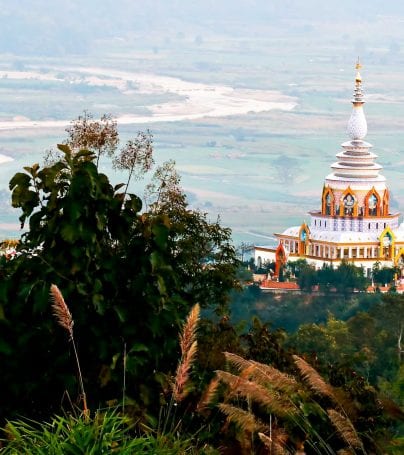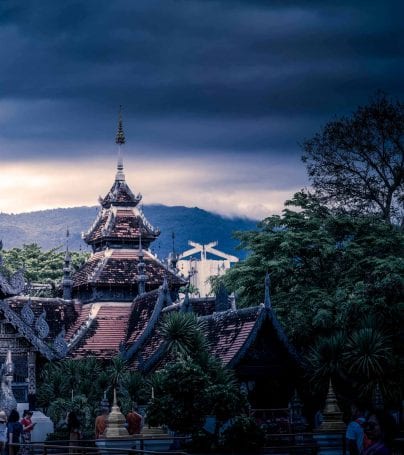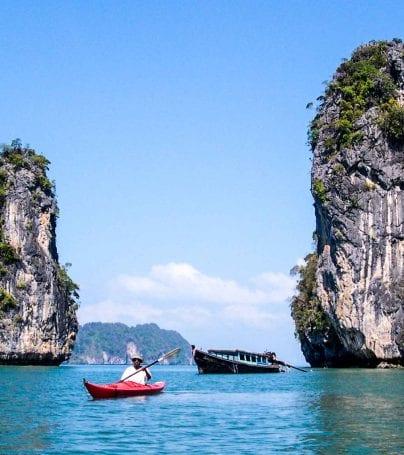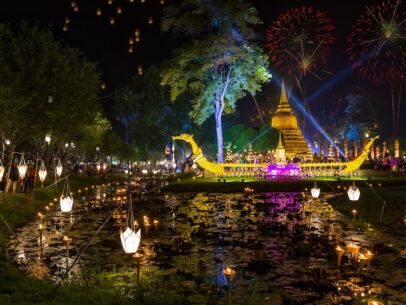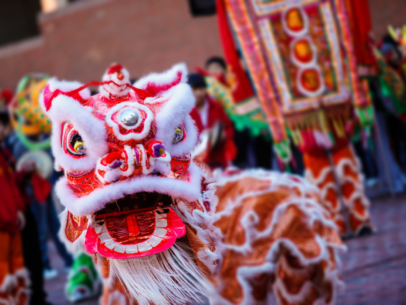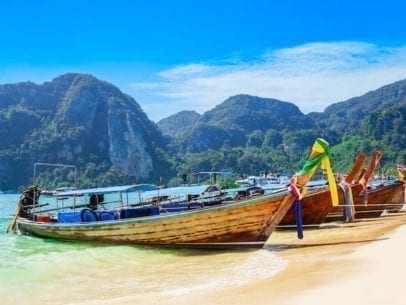Bangkok Adventure Tours
BANGKOK is the capital, largest urban area and primary city of Thailand. Known in Thai as Krung Thep Mahanakhon, meaning “city of angels” for short, it was a small trading post at the mouth of the Chao Phraya River during the Ayutthaya Kingdom. It came to the forefront of Siam when it was given the status as the capital city in 1768 after the burning of Ayutthaya. However, the current Rattanakosin Kingdom did not begin until 1782 when the capital was moved across the river by Rama I after the death of King Taksin. The Rattanakosin capital is now more formally called “Phra Nakhon”, pertaining to the ancient boundaries in the metropolis’ core and the name Bangkok now incorporates the urban build-up since the 18th century which has its own public administration and governor.
Since its inception as the capital of Siam, it was at the center of European Colonial plans, but due to its strategic location in Indochina, it acted as a buffer-zone and brokered power between the European forces. Through this, it gained notoriety in the world as an independent, dynamic and influential city. And in the span of over two hundred years, Bangkok has grown to become the political, social and economic center of Thailand, Indochina and one of Southeast Asia.
As a direct result of the 1980s and 1990s Asian investment boom, numerous multinational corporations base their regional headquarters in Bangkok and the city has become a regional force in finance and business. Its increasing influence on global politics, culture, fashion and entertainment underlines its status as an Alpha global city. In 2009, it was the second most expensive city in South-East Asia behind Singapore.
The city’s wealth of cultural landmarks and attractions in addition to its notorious entertainment venues has made it synonymous with exoticism. Its historic wealth coincides with its rapid modernization, reflected in the cityscape and the urban society. The Grand Palace, Vimanmek Palace Complex, its thousands of temples, and the city’s notorious red-light districts combine draw in 11 million international visitors each year, trailing just Paris and London.
Bangkok has a population of approximately 6,355,144 residents while the greater Bangkok area has a population of 11,971,000 (January 2008). The capital is part of the heavily urbanized triangle of central and eastern Thailand which stretches from Nakhon Ratchasima along Bangkok to the heavily Industrialized Eastern Seaboard. Bangkok borders six other provinces: Nonthaburi, Pathum Thani, Samut Prakan, Samut Sakhon and Nakhon Pathom, and all five provinces are joined in the conurbation of the Bangkok Metropolitan Area. It is served by two international airports, Suvarnabhumi Airport and Don Mueang International Airport, four rapid transit lines operated by the BTS, MRT, and the SRT, with plans to add eight more by 2020.
Tourism
Bangkok, sometimes called “The Big Chilli”, is considered to be one of the world’s tourist hotspots. Bangkok is Thailand’s major tourist gateway, which means that the majority of foreign tourists arrive in Bangkok. The city boasts some of the country’s most visited historical venues such as the Grand Palace, Wat Pho, and Wat Arun. There are numerous projects to maintain Bangkok’s historic sites in the Rattanakosin area and river districts.
Palaces and Wats
Chakri Maha Prasat Throne Hall is a 19th century styled building with a traditional Thai stucco roof, located within the Grand Palace compound.
Wat Arun is one of the most visited temples in Bangkok.
The Bangkok Metropolitan Area is home to two capitals of Thailand: the area historically known as Rattanakosin, and the modern Bangkok. There are a large number of palaces in Bangkok. Several are still in use by the Thai royal family, while others are now open to the public and some have become government buildings or universities.
The king’s official residence is the Grand Palace, which dates to 1782 and has housed Thailand’s monarchs for over 150 years. Up to the early 20th century and before the 1932 Revolution, the complex was key in Thai government: it included royal courts, administrative branches, and was similar in layout to that of previous Thai capitals. Within the complex is the Chakri Mahaprasat Hall and Wat Phra Kaew, which houses the Emerald Buddha and is considered the most important temple in Thailand. Chitralada Palace is the Bangkok residence of King Bhumibol Adulyadej (Rama IX) and Queen Sirikit.
Of the hundreds of wats located in Bangkok, only a few are notable. When King Taksin led his troops out of Ayutthaya and into Thon Buri, they took refuge in Wat Arun. This pre-Thon Buri era structure rises to 85 metres (279 ft) and has held the status of tallest structure in Bangkok for longer than any other modern skyscraper.
Wat Pho, which houses the Temple of the Reclining Buddha or Wat Phra Chetuphon, is located behind the Temple of the Emerald Buddha in the Grand Palace. It is the largest temple in Bangkok and named for its huge reclining Buddha measuring 46 metres (151 ft) long and covered in gold leaf. The Buddha’s feet alone are 3 metres (10 ft) long.
Wat Suthat is one of the oldest temples and the site of the original Giant Swing. A huge teak arch, all that remains of the original swing, stands on the grounds in front of the temple. The swing was used in a ceremony to give thanks for a good rice harvest.
Within Wat Saket is the Golden Mount, or Phu Khao Thong, an unusual temple that houses Buddha relics within its 58-metre-high chedi surmounted by a golden cupola. Built by King Rama I just outside the new city walls, the late-18th century temple served as the capital’s crematorium. During the next hundred years, the temple became a dumping ground for some 60,000 plague victims.
Museums
National Gallery Museum is a former location of the Royal Thai Mint and now exhibits collections of both traditional Thai and contemporary arts by past as well as present famous artists of Thailand. Oil paintings by His Majesty the King are also exhibited here.
National Museum is a former palace of the Wang Na or second king – Kromphraratchawangbowon Mahasurasinghanat – built simultaneously with the Grand Palace, the complex comprises several major throne halls such as Phra Thinang Siwamok Phiman, Phra Thinang Phutthaisawan and Phra Thinang Itsara Winitchai.
Suan Pakkad Palace is a complex of five Thai-style houses was once the residence of one of Thailand’s leading art collectors, Prince Chumbhot of Nagara Svarga. It houses an extensive collection of Asian art and antiques, including items from the prehistoric Ban Chiang civilisation, and also an impressive collection of seashells. Khon (classical Thai masked dance) Museum and Traditional Thai Music Museum are also established here.
Vimanmek Mansion Museum is the world’s largest golden teak building located in the compound of the Dusit Palace on Ratchawithi Road. The three-story royal mansion has 81 rooms, halls and ante-chambers containing fin de siecle royal memorabilia. There is also a royally-sponsored Thai art masterpieces on display at the Ananta Samakhom Throne Hall as part of the ‘Arts of the Kingdom’ exhibition, which is located nearby.
Jim Thompson Museum: This collection of traditional Thai-style houses, fashioned into one dwelling, belongs to the man who helped restore the Thai silk industry after World War II, and today, preserved as a museum, contains a priceless collection of Asian objects d’ art.
Public Parks
Queen Sirikit Park was built to commemorate the 60th birthday anniversary of HM Queen Sirikit. A big pool in the park contains three fountains and a fine collection of both Thai and foreign lotuses.
Lumphini Park is a huge open space once belonging to King Rama VI, who issued a royal command to turn the area into a public park as a gift to Bangkok residents.
Princess Mother Memorial Park was built near the Wat Anongkharam community where Somdej Phra Srinagarindra Boromarajajonani, HRH the Princess Mother had resided during her childhood. The park comprises a full scale model of the Princess Mother’s house and the old buildings renovated as exhibition halls displaying the life story of Her Royal Highness the Princess Mother as well as the history of the Wat Anongkharam community.
Cruises
The Chao Phraya River & Bangkok’s Canals (Khlongs): Nineteenth-century Bangkok was laced with canals, giving the capital the designation ‘Venice of the East’. Surviving canals, and the Chao Phraya River provide memorable vignettes of traditional waterborne way-of-life that has remained essentially unchanged over the centuries. The river and canals may be conveniently explored by chartered boat or cruise.
Dinner Cruise: Riverine Bangkok offers some of the capital’s most arresting sights, particularly at night when the weather is cooler and light reflections bestow the Chao Phraya River with flickering lights.
Cultural Performances and Theatres
Chaloem Krung Royal Theatre is located on Charoen Krung Road (New Road) near the Old Siam Plaza. Thai dramas and plays are usually held while Khon or Thai musical dance drama is a special event that is staged occasionally.
Traditional Thai Puppet Theatre presents the Hun Lakhon Lek puppet show. The establishment of this theatre was inspired by the intention of Master Sakhon Yangkhieosot or Joe Louis, a National Artist of 1996, who wishes to preserve the art of operating Hun Lakhon Lek puppets. Hun Lakhon Lek usually performs the story of Ramakian, the Thai version of the Ramayana epic. Sakhon Nattasin is currently the only performing troupe of Hun Lakhon Lek in Thailand. The troupe received the Thailand Tourism Award presented by the Tourism Authority of Thailand (TAT) in 2000 in the category of Recreational Attraction.
Patravadi Theatre is renowned for its lavish productions, this outdoor theatre has gained popularity through its modern adaptations of classical Asian literature, with each play demonstrating an ingenious blend of various theatrical techniques.
Siam Niramit has state-of-the-art cultural performances which have achieved international standards. It uses special techniques integrated with drama to depict the history of each region of Thailand including depictions about hells, the forest of Himmaphan, heavens and lands beyond imagination from Thai literature. There is also a spectacular performance of Thailand’s arts and cultural heritage. The show is staged by more than 150 performers in a luxurious theatre with a capacity of more than 2,000 seats.
Shopping
Thailand has a variety of shopping experiences from street markets to world class luxury malls. Tourists have historically always preferred markets and bazaars to the other forms of shopping. The Chatuchak weekend market is one of the largest shopping destinations in Bangkok. Water markets are gradually disappearing, but remain strong tourist attractions as many tours are offered through the canals on which the markets are located.
Bangkok includes over 15 world class malls situated around Bangkok, many centered around Sukhumvit Road and Ploenchit-Ratchaprasong. There are approximately 25 shopping malls, 35 lifestyle shopping centers, 40 department stores, 55 superstores, and 1,100 convenience stores around Bangkok.
Festivals and Events
Bangkok Songkran Festival (April)
The traditional Thai New Year is an occasion for merriment all over the city, but most notably at Sanam Luang, near the Grand Palace, where the revered Phra Phuttha Sihing image is displayed and bathed by devotees. In the Wisutkasat area, a Miss Songkran beauty contest is held and accompanied by merit-making and entertainment. Khao San Road, Bang Lamphu area is also one of the high-spots in the city where locals and tourists play water by the water-throwing activities.
Royal Ploughing Ceremony (May)
An ancient Brahman ritual, conducted at Sanam Luang, in which farmers believe, is able to forecast the abundance of the next rice crop. The event is a result of a series of ceremonies that are conducted by Phraya Raek Na, portrayed by a high-ranking official from the Ministry of Agriculture and Cooperatives who wears colourful traditional costumes. This ceremony was re-introduced in 1960 by H.M. King Bhumibol Adulyadej and is considered the official commencement of the rice-growing season.
H.M. The Queen’s Birthday Celebration (12 August)
To display their loyalty and to honour Her Majesty Queen Sirikit on the occasion of her royal birthday, the Thai people decorate their houses and public buildings. Around Bangkok, Ratchadamnoen Avenue, the area around the Grand Palace and other well-known locations are bedecked with coloured lights and magnificent adornments.
Trooping of the Colours (December)
Their majesties the King and Queen preside over this impressive annual event, held in the Royal Plaza near the equestrian statue of King Chulalongkorn. Dressed in colourful uniforms, amid much pomp and ceremony, members of the elite Royal Guards swear allegiance to the king and march past members of the royal family.
H.M. The King’s Birthday Celebrations (5 December)
H.M. King Bhumibol Adulyadej, the world’s longest reigning monarch is well beloved and deeply respected by all Thais old and young. The occasion of his royal birthday provides his loyal subjects the opportunity to express their reverence for him. All over the country, buildings and homes are elaborated and the area around the Grand Palace is spectacularly illuminated.
Bangkok’s Full Name
The full ceremonial name of the city given by King Buddha Yodfa Chulaloke, and later edited by King Mongkut, is: Krung Thep Mahanakhon Amon Rattanakosin Mahinthara Yuthaya Mahadilok Phop Noppharat Ratchathani Burirom Udomratchaniwet Mahasathan Amon Phiman Awatan Sathit Sakkathattiya Witsanukam Prasit.
This ceremonial name is composed in combination of two ancient Indian languages, Pāli and Sanskrit. According to the romanisation of these languages, it can actually be written as Krung-dēvamahānagara amararatanakosindra mahindrayudhyā mahātilakabhava navaratanarājadhānī purīramya uttamarājanivēsana mahāsthāna amaravimāna avatārasthitya shakrasdattiya vishnukarmaprasiddhi. It translates to “The city of angels, the great city, the eternal jewel city, the impregnable city of God Indra, the grand capital of the world endowed with nine precious gems, the happy city, abounding in an enormous Royal Palace that resembles the heavenly abode where reigns the reincarnated god, a city given by Indra and built by Vishnukarma”.
Local school children are taught the full name, although few can explain its meaning because many of the words are archaic, and unknown to all but a few. Most Thais who do recall the full name do so as a result of its use in a popular song, Krung Thep Mahanakhon (1989) by Asanee-Wasan Chotikul and will often recount it by recalling the song at the same time, much in the same way that English speakers might sing the alphabet song while reciting the English alphabet.
The full name of the city is listed by Guinness Book of Records as the world’s longest place name.
Information based on http://en.wikipedia.org/wiki/Bangkok
Customize Your Dream Adventure
We are here to help craft tailor-made adventures for individuals, couples, families, and groups of explorers.

Top Adventures
Escape to Bangkok
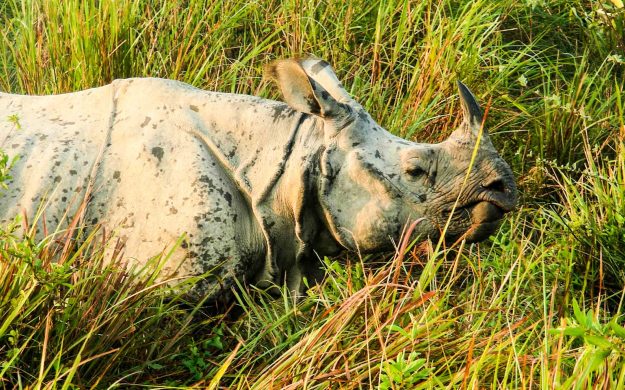
Big Five of India
Explore Manas and Kanha's wildlife parks in search of India's Big Five; discover Kolkata, the city of joy; and more on this amazing wildlife safari with senior naturalist guide Avi Sarkhel.
From $7225 Per Person
Active
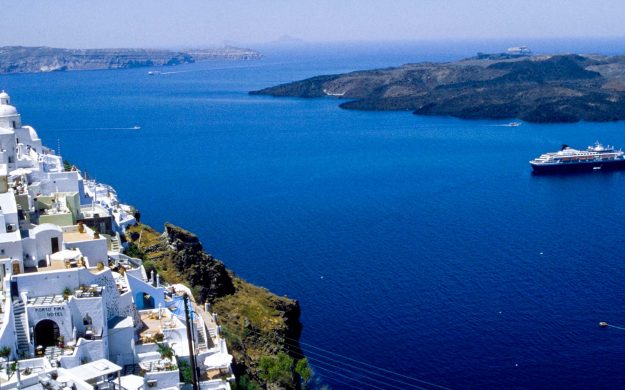
An Original Greece Odyssey
Superbly-guided exploration of choice islands, ruins, and landscapes with active days and comfortable accommodations.
From $5900 Per Person
Active
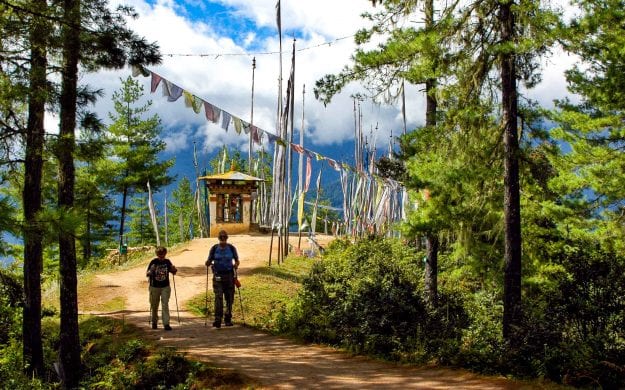
Views, Valleys, and Visions
On this ten-day immersion in Buddhist culture, you may catch glimpses of the forest spirits, the grazing takin, or at least a musk deer, bearded vulture, or black-necked crane. Includes optional hike hike to Tiger's Nest Monastery.
From $4700 Per Person
Active
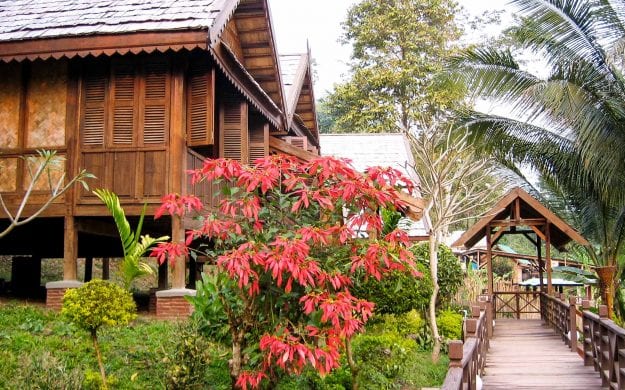
Palaces and Pagodas
Experience the serenity and Buddhist character of Laos with a personal guide and comfortable accommodations.
From $2500 Per Person
Gentle
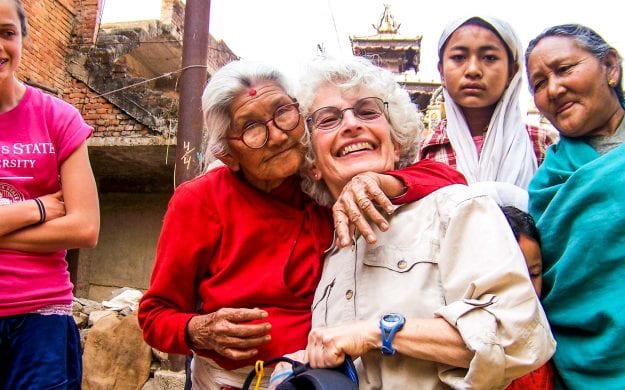
Nepal Namaste!
This is an expertly-guided, flexible exploration for non-hikers who enjoy wildlife, ancient traditions, spiritual discovery, and beautiful mountain scenery.
From $4554 Per Person
Active
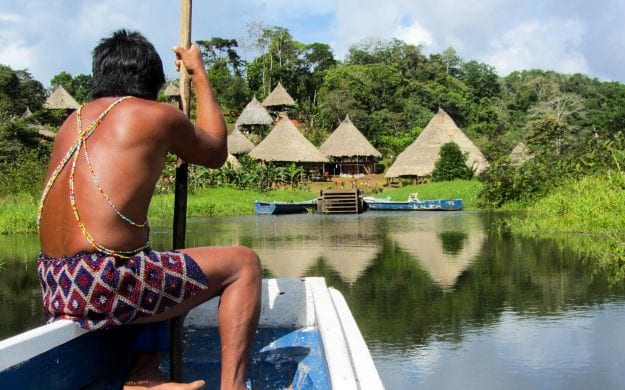
Panama Golden Isthmus Odyssey
Where North and South America meet, diversity is squeezed and concentrated in a geographic sandwich of rain forest, waterways, reefs, islands, volcanoes, and native communities.
From $3650 Per Person
Active
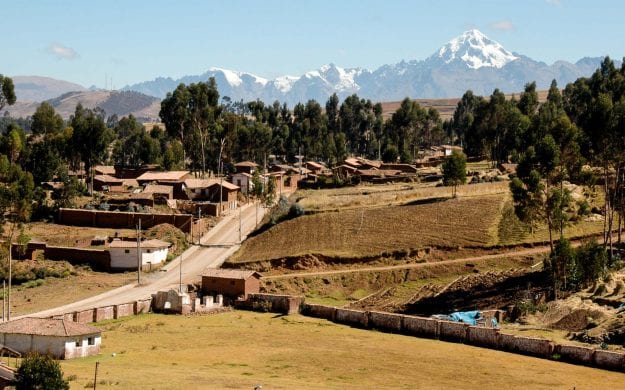
Sacred Valley Week
Focus on the heart of the ancient Inca Empire while based in comfortable ecolodges. Visit little-known sites and hike ancient off-the-beaten-path trails. An astounding week!
From $3195 Per Person
Active
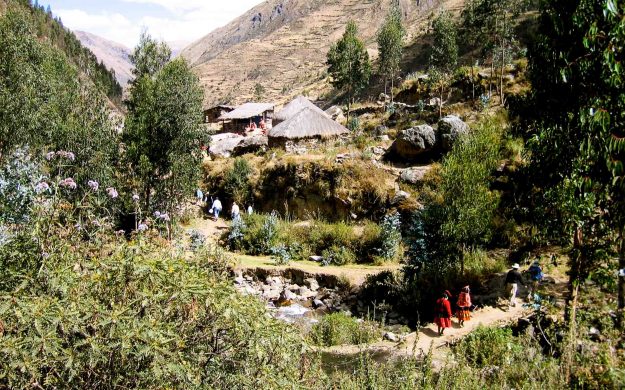
Amazon and Andes Odyssey
Visit the greatest sites of Peru in the Andes and Amazon, including Machu Picchu and the Tambopata Nature Reserve, where wildlife abounds and people do not.
From $3895 Per Person
Active
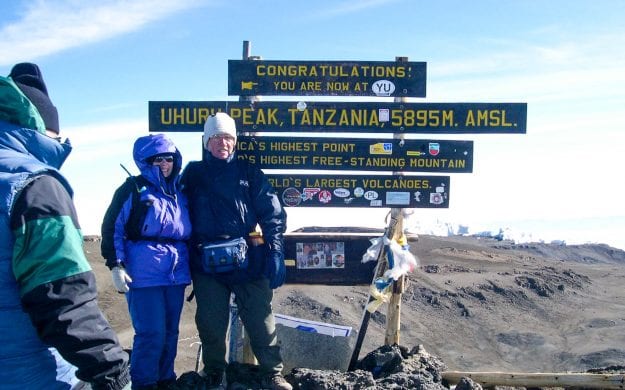
Top of Africa-Kili Climb: Shira Route
This expedition to the summit of Africa’s tallest mountain follows the Shira route to Kilimanjaro’s crater rim. Choose this route up Kilimanjaro for extra time acclimatizing, fewer fellow hikers, and wide-ranging views of the sister peaks and Kibo summit.
From $6595 Per Person
Demanding
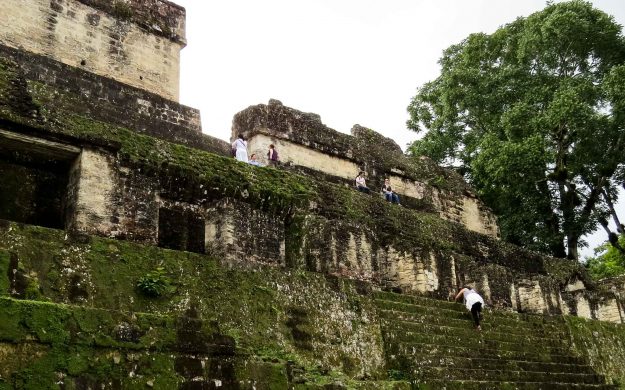
Belize Cayo and the Caye
Marvel at the Mayan mysteries and rainforest wonders of this quintessential tropical environment in the company of a great naturalist guide. Stay in cozy ecolodges.
From $3995 Per Person
Gentle
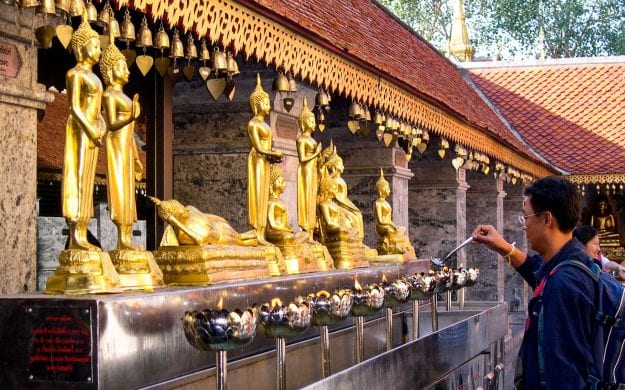
Secrets of Siam
Appreciate the the beauty and serenity of Buddhist Thailand from lovely eco-lodges in the northern hill country.
From $3445 Per Person
Active
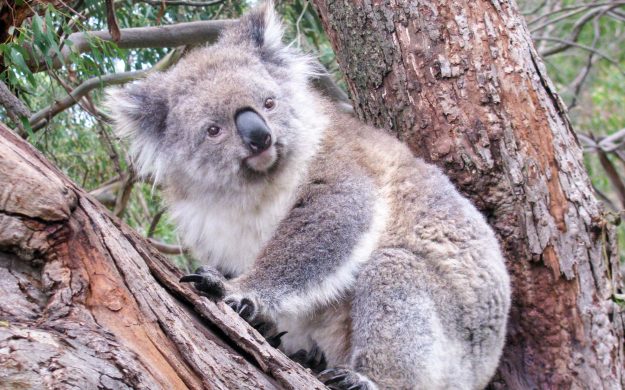
G’Day Australia for Families!
Immerse your family in the living wonders and legends of Australia. Enjoy close-up encounters with wildlife, foods, rain forests, reefs, and great, kid-friendly, "strine-speaking" Aussie guides.
From $4315 Per Person
Gentle
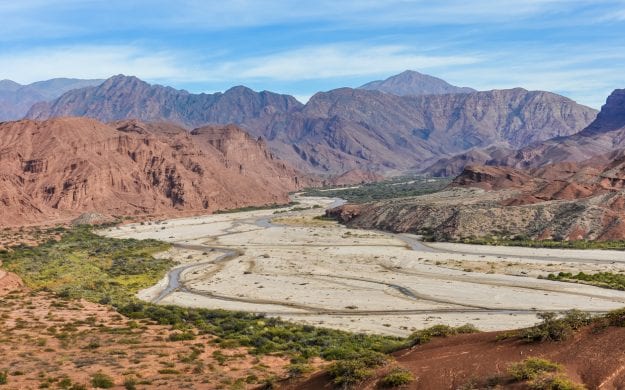
Hidden Argentina: Northern Provinces
The land has an austere and dramatic beauty, and the region is sparsely populated. Enjoy the warmth of the people and the traditions of fine cuisine and careful artisanship.
From $5100 Per Person
Active
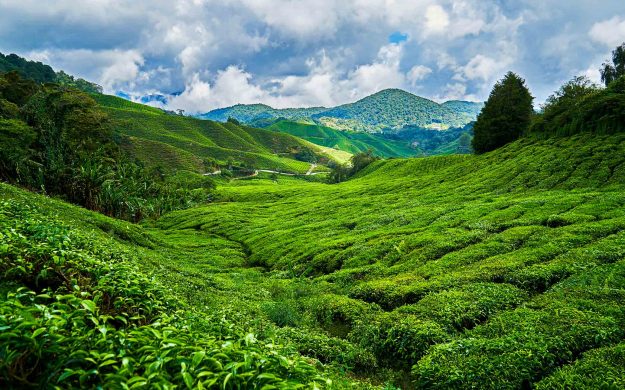
Discover Malaysian Borneo
Explore the greatest nature and culture sites of Malaysian Borneo while staying in award-winning ecolodges. Enjoy rich hiking and birding options.
From $4085 Per Person
Active
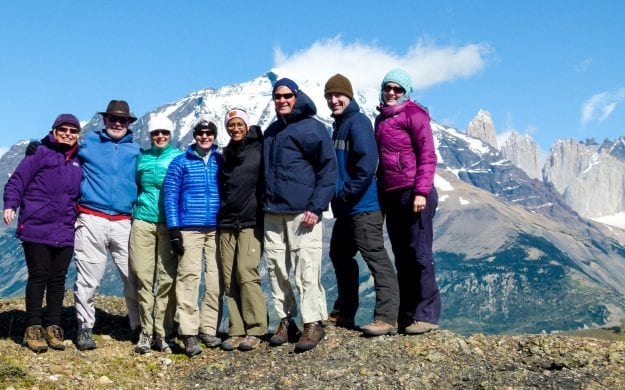
Torres del Paine Trek
This famous hike of Southern Chile circles the the most scenic mountains in the southern Andes. Delight in spectacular trekking by day and comfortable ecocamps and rustic refugios at night.
From $5590 Per Person
Demanding
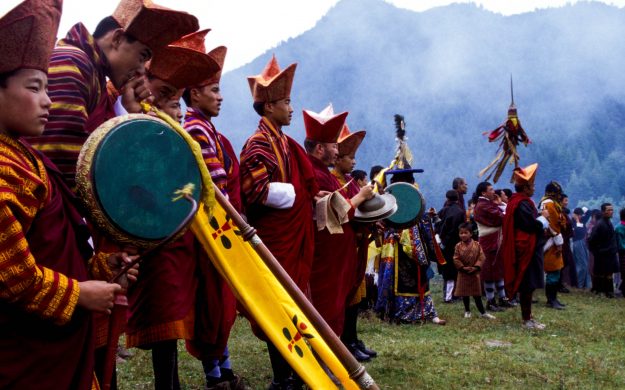
Fall Festivals of Bhutan
The Great Tsechu is the cornerstone event of a guided exploration featuring festivals and rituals, Himalayan views, and encounters with remarkable people. Trip fills quickly so we recommend booking early.
From $5570 Per Person
Active
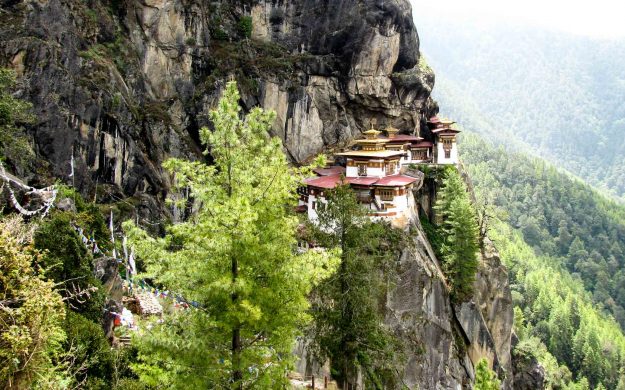
Black Mountain Trek
Experience the Buddhist character, spectacular scenery, and ancient trails of Bhutan. After a warm-up hike to Tiger's Nest Monastery, trek to remote villages with several Monpa tribe encounters along the way. This is one of the easiest and least frequented treks in Bhutan.
From $6025 Per Person
Challenging
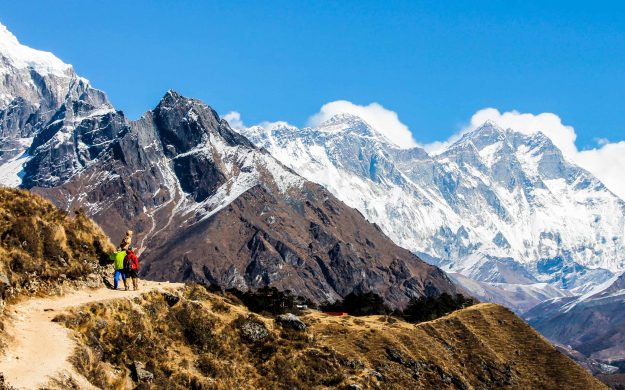
Annapurna Lodge Trek
Hike the scenic foothills beneath towering Annapurna, spending comfortable nights in cozy, hospitable guest houses along your trail. Porters carry your gear.
From $4425 Per Person
Challenging
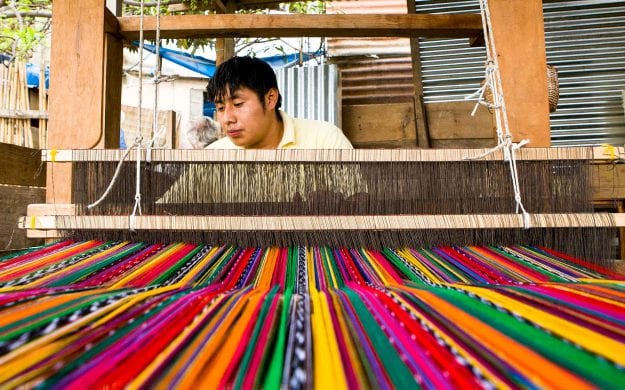
Maya Magic
This Guatemala exploration offers a special perspective on Mayan culture, both past and present, and adapts to your specific interests for hiking, nature, crafts, archeology, and contemporary communities.
From $4595 Per Person
Gentle
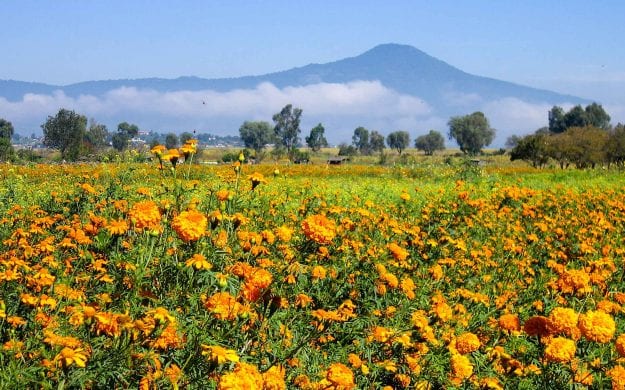
The Monarchs of Michoacan
Join the magnificent monarch butterflies on their winter migration among the oyamel fir forests where they escape the cold every year. Also enjoy the ambience of colonial Morelia and the traditional artistry of communities on the shores of Lake Patzcuaro.
From $4150 Per Person
Active
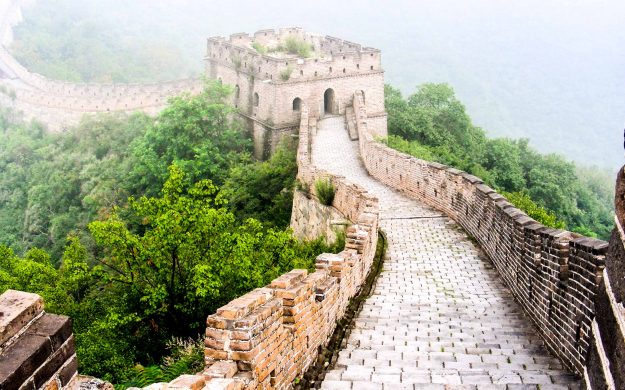
Enchanted China
This itinerary includes the absolute must-see's as well as fun activities and whimsical attractions! Visit the Giant Pandas in Chengdu. See the Terracotta Warriors in Xi'an. Hike the Great Wall.
From $4255 Per Person
Active
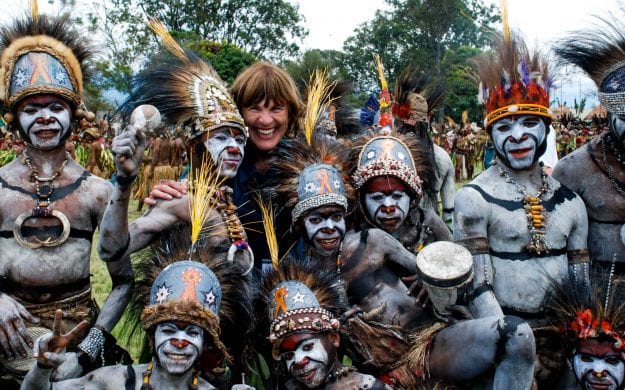
Tumbuna Festival
The Tumbuna Sing Sing is a spectacular celebration of the local traditions, dress and dance—but smaller than the other more famous festivals. Choosing Tumbuna allows for visiting at a time when fewer tourists are in Papua New Guinea.
From $7280 Per Person
Active
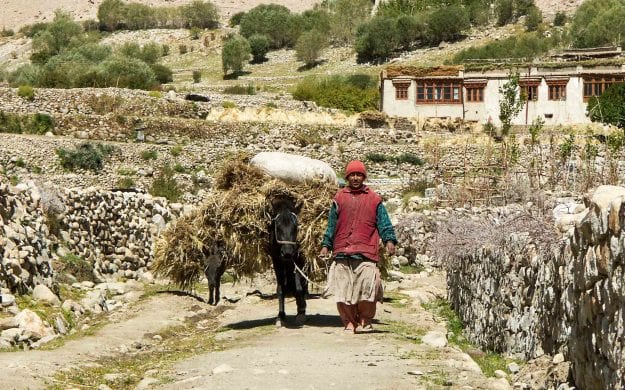
Ladakh Indus Valley Odyssey
This non-trekking trip goes deep into the culture and Buddhist heritage of Ladakh. You'll be welcomed in the homes of your guide's family. This is a very personalized visit to a hospitable, little-known, part of the planet.
From $4085 Per Person
Vigorous
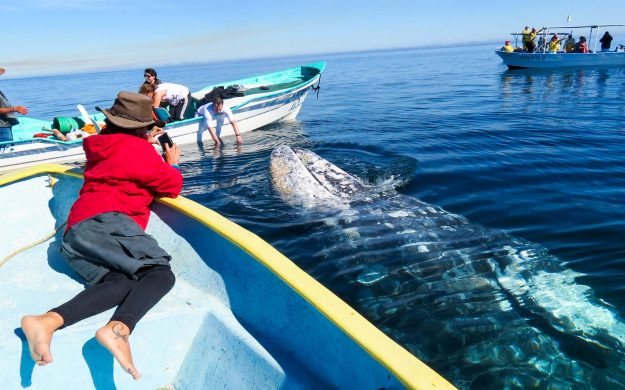
Baja: Whales & Waves
A breathtaking desert and coast adventure packed with activities from swimming, picnics, and hiking to village visits, to whale watching in Magdelena Bay, kayaking in Balandra Bay, and swimming with sea lions at Los Islotes. This trip's exciting outdoor activities, unique wildlife experiences, and relaxing beaches create an all-around excellent family adventure.
From $5590 Per Person
Active
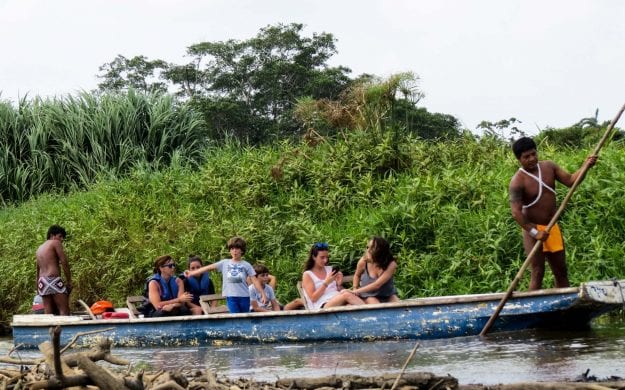
Pure Panama Adventure for Families
Panama comes alive on this active and engaging family tour as you traverse the country's waterways, hike into lush cloud forests, snorkel over coral reefs, and visit indigenous villages. Always accompanied by a kid-friendly naturalist guide.
From $2295 Per Person
Gentle
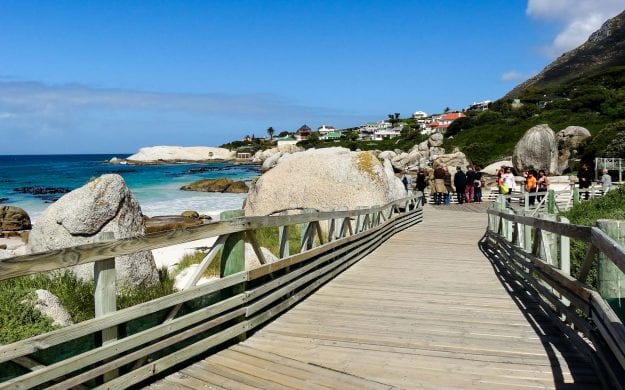
South Africa Self-Drive
Discover the beauty of South Africa at your own pace on this self-guided driving tour. Journeys does all the prep work; you simply show up and reap the benefits. Upon landing, pick up your rental car, along with a detailed kit of driving instructions and reservation vouchers, and off you go. Hotel reservations will be made for your overnight stops, but the choice of vehicle and content and timing of your daily activities are yours. It is possible to add or remove certain stops, add extra days in certain cities, or shorten or lengthen the entire itinerary. Your route and activities can be as unique as you are.
From $4550 Per Person
Gentle
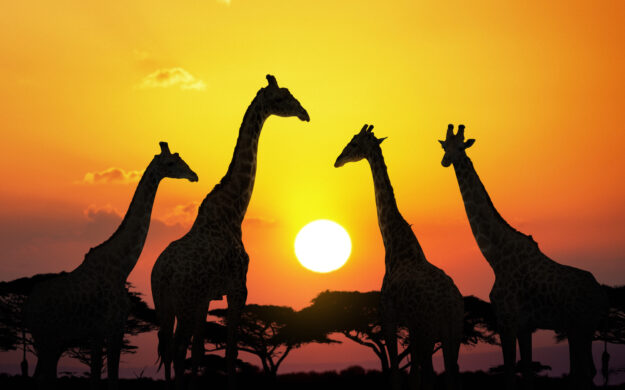
Karibu, Tanzania!
You'll see it all—lions, rhinos, zebras, hyenas, hippos, baboons, and more—from the safety of your 4x4s. Stay in quaint safari camps and remote lodges along the way. A great option for a family safari!
From $6350 Per Person
Active
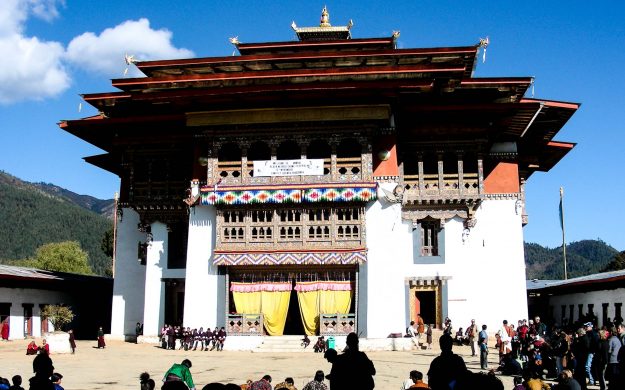
Black-Necked Crane Festival
Celebrate with locals at this autumn festival timed for the annual crane migration. The trip is about art, beauty, revelry, and understanding the Buddhist spirit of Bhutan.
From $5015 Per Person
Active
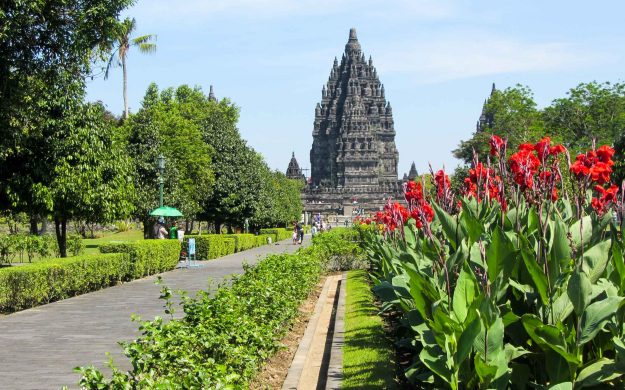
Apes, Arts, and Dragons
The best expedition to see natural and cultural sites in Indonesia. See Komodo dragons, orangutans, the great sights of Java and the beauty and arts of Bali
From $8440 Per Person
Active
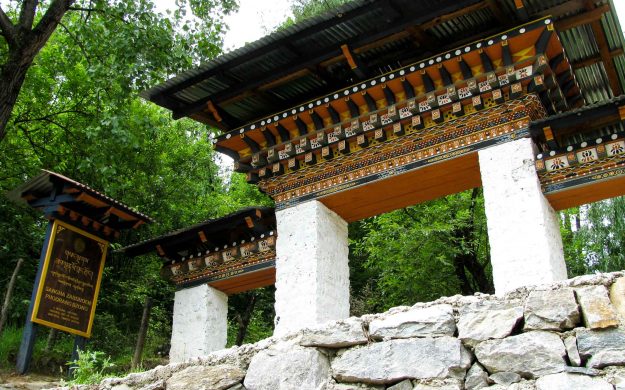
Buddhist Valleys of Bhutan
This is a very personally- and compassionately-guided, non-trekking exploration of villages, monuments, and scenic sacred monasteries of the last Buddhist Kingdom.
From $3865 Per Person
Active
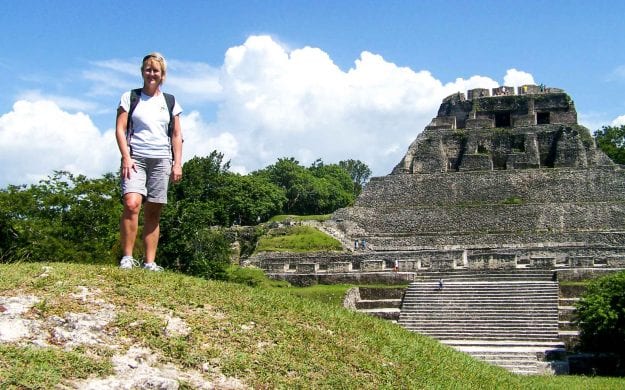
Mayan Secrets
Become an ancient Mayan in spirit as you join your expert guide in exploring the ruined cities, living forests, and reconstructed archaeology of a vanished civilization.
From $4350 Per Person
Active
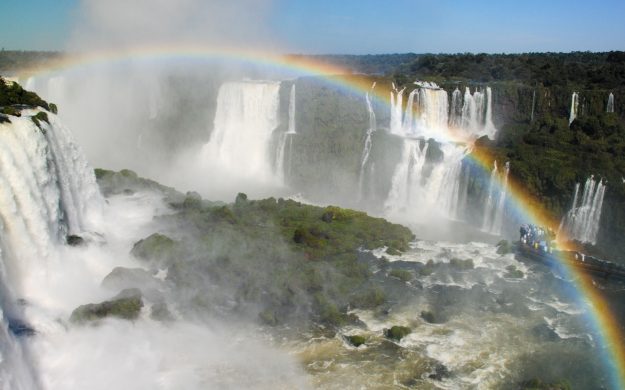
Amazon and Iguazu for Families
Two totally different worlds, two comfortable family-friendly bases for wildlife, learning and hands-on fun.
From $3695 Per Person
Active
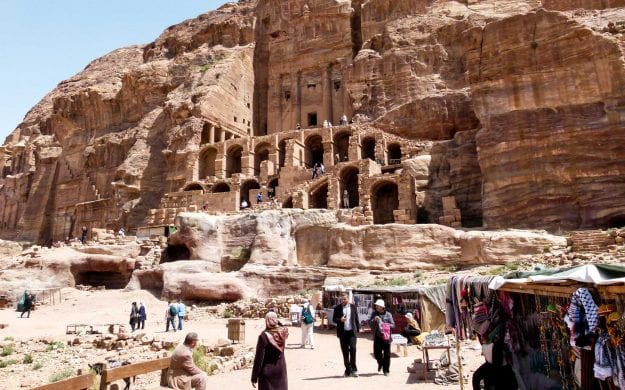
Jordan and Israel Explorer
Explore the ancient landmarks in Jordan and Israel. Visit the Dead Sea, the rose city of Petra, Wadi Rum, Jerusalem, and Bethlehem.
From $6550 Per Person
Active
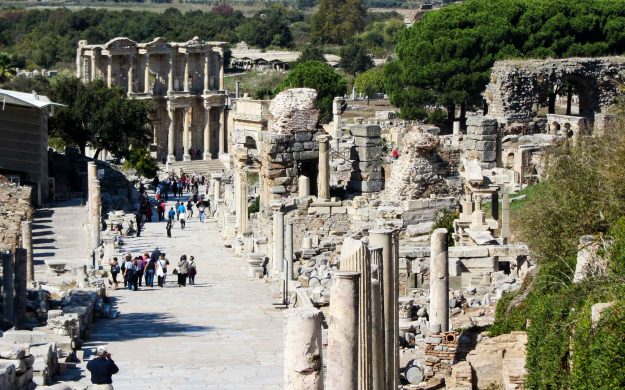
Cappadocia, Ephesus and the Coast
Sail by gulet to small Mediterranean coves, wander among fairy chimneys and cave dwellings in Cappadocia, explore some of the best-preserved Roman ruins in the world in Ephesus, and seek out grand mosques while experiencing everything Istanbul has to offer.
From $5295 Per Person
Active
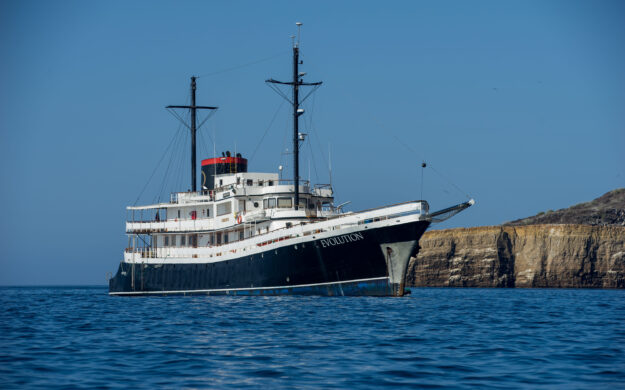
Aboard M/V Evolution – Southern, Central, Western Route
This Victorian-style expedition vessel has every modern convenience, spacious cabins, and plenty of comfortable, covered deck space for lounging and alfresco dining. Adults of all ages find the ship comfortable, and its special family and teen departures are good choices for multi-generational travel.
From $9500 Per Person
Active
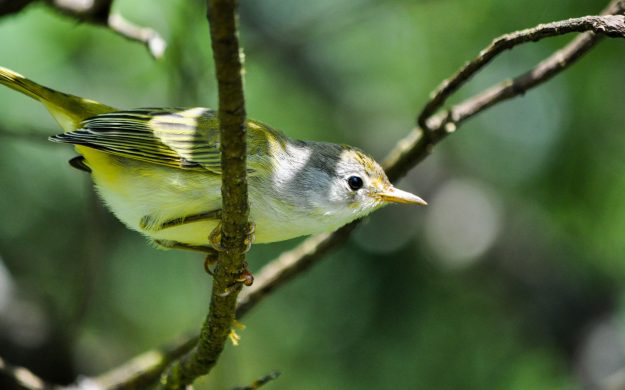
Aboard M/V Evolution- Northern & Central Route
This Victorian-style expedition vessel has every modern convenience, spacious cabins, and plenty of comfortable, covered deck space for lounging and alfresco dining. Adults of all ages find the ship comfortable, and its special family and teen departures are good choices for multi-generational travel.
From $9500 Per Person
Active
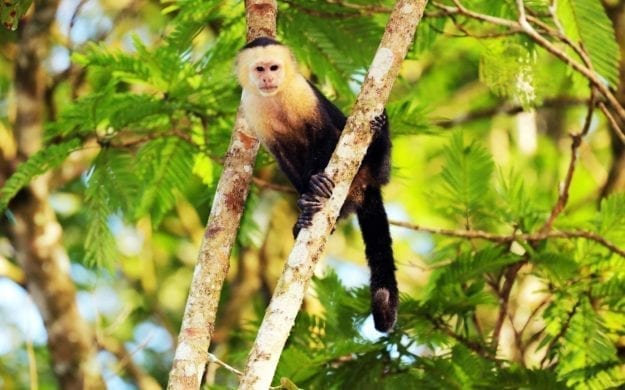
Costa Rica Tropical Highlights
This trip includes stunning scenery, active excursions, lots of wildlife, and cozy lodges with character. Spot animals large and small, experience surreal landscapes and enjoy the best of the rainforest.
From $5190 Per Person
Active
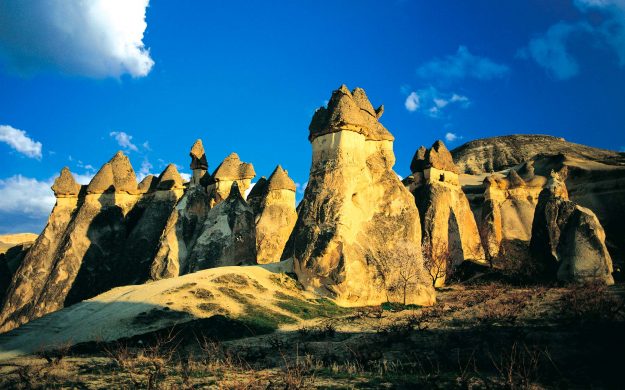
Beyond the Bosphorus
Journeys' best-value comprehensive Turkey exploration offers set departures for small groups. This nicely paced itinerary begins in Istanbul, includes Cappadocia, Antalya, Pamukkale, and Sirince, and concludes with the Roman ruins at Ephesus.
From $4665 Per Person
Active
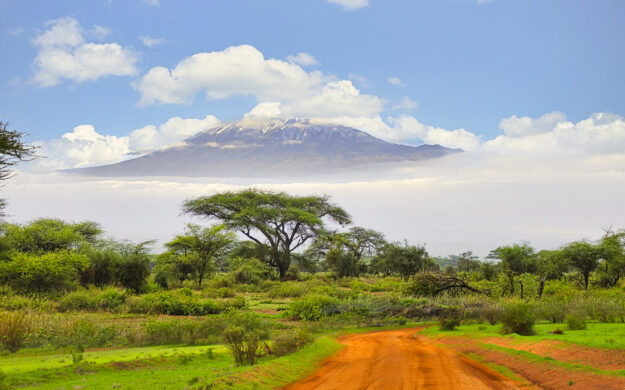
Kilimanjaro Summit, Safari & Zanzibar
This three-part trip includes the best of Tanzania! Start by climbing Kilimanjaro via the Rongai route, considered by many easier and more scenic than the main Marangu trail. Then, go on safari with the goal of seeing "the big five," and finish by relaxing on the beaches of Zanzibar island.
From $8895 Per Person
Demanding
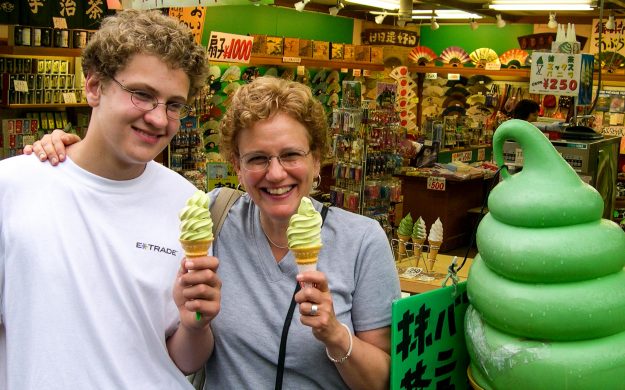
Family-friendly Japan
Japan is a spectacular dynamic destination for the entire family. Experience the profound traditions and the 21st century energy. Join a group in summer or visit on your dates. Early April is cherry blossom time!
From $5700 Per Person
Gentle
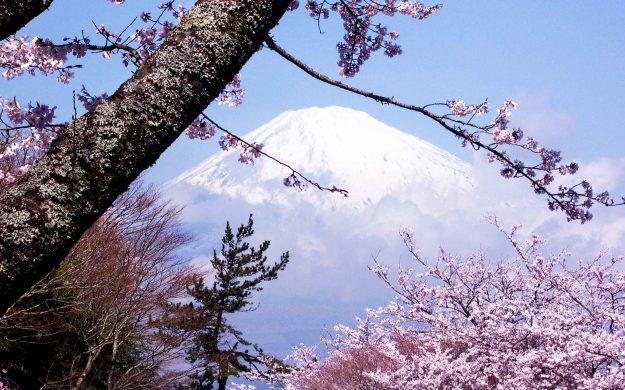
Classic and Festive Japan
Take in Japan's highlights and contrasts, and meet the Japanese as they welcome you with open arms. If you go in May, you'll witness Aoi Matsuri, and elaborate festival in Kyoto showcasing hundreds of people in grand imperial court costume.
From $7400 Per Person
Gentle
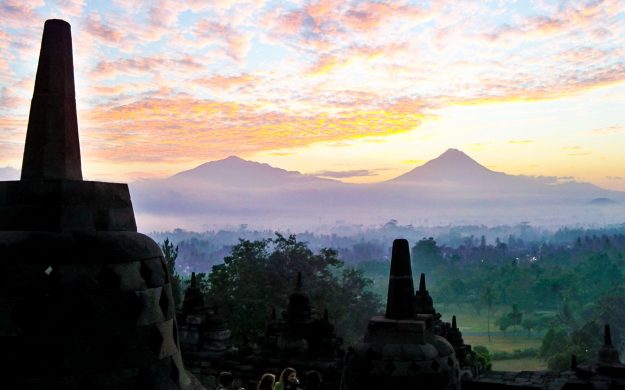
Bali Isle of Wonders
Bali remains an unspoiled paradise, and stands as a model of ecotourism. Tourist income is reinvested in ritual ceremonies, architecture, traditional arts training, and cultural preservation. Enjoy a simple but refined experience of wonder and beauty.
From $2700 Per Person
Gentle
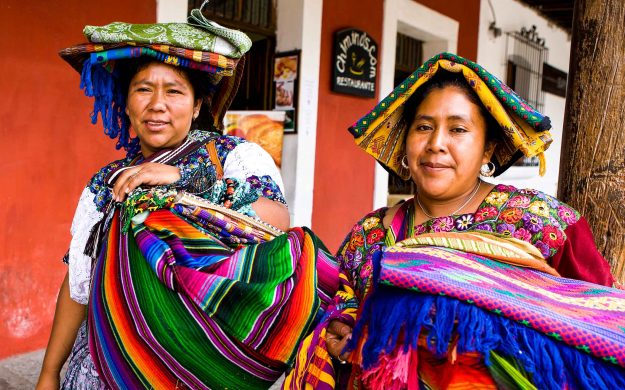
Engaging Antigua and Atitlan
A flexible design for embracing Antigua and Atitlan. Journeys provides the building blocks, including orientation, guides, and logistical support for your personally-tailored experience. Focus on markets and textiles, or history and archaeology, or hiking on forest and volcano trails.
From $2996 Per Person
Gentle
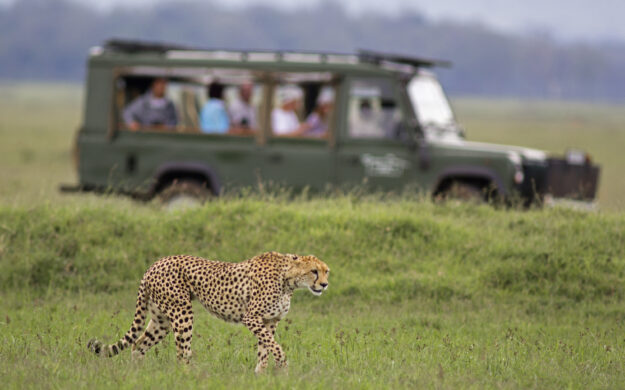
Kenya Great Game Safari
Traverse several parks in search of large game with renowned guide Makau Nzioka, among Kenya's best birders and naturalists.
From $6750 Per Person
Active
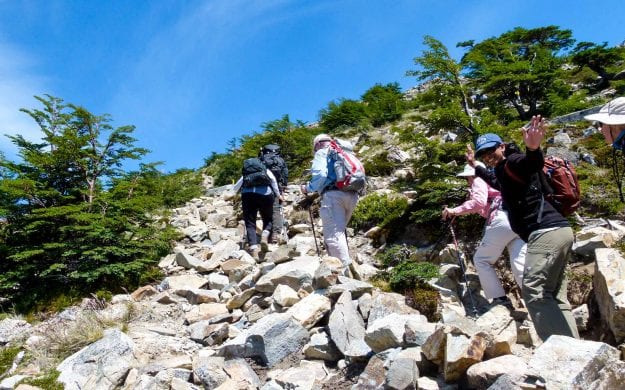
Patagonia: Peaks, Plateaus & Glaciers
Hike to the far end of the Andes. Few places on earth can compete with the grandeur and breathtaking beauty of this wild, pristine place. Extend for a grand time in Buenos Aires.
From $7400 Per Person
Demanding
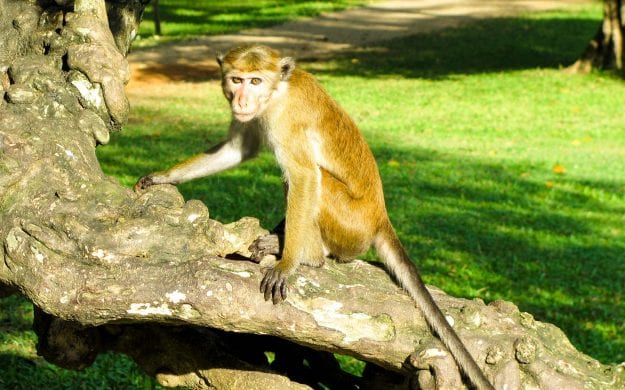
Splendors of Serendib
This is a fantastic overview of culture and history. Explore ancient cities, the roots of Buddhism, the tea-covered hill country, fantastic beaches, and exemplary wildlife sanctuaries on this beautiful isle in the Indian Ocean.
From $4370 Per Person
Active
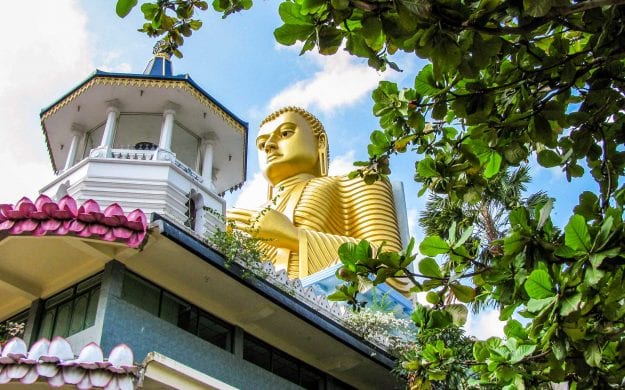
Wild and Sacred Sanctuaries
Maximize your experience with the nature and wildlife of Sri Lanka. Seek out elephants, monkeys, langurs, sloth bear, leopards, samburs and many other mammals, as well as endemic bird and plant life in some of Asia's best sanctuaries. Visit cultural highlights as well.
From $4595 Per Person
Active
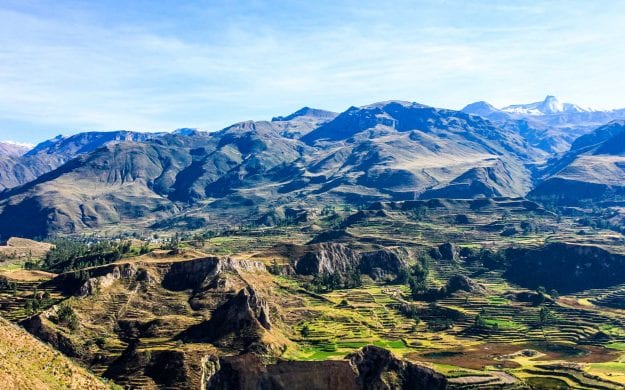
Mountain Lodge Trek to Machu Picchu
This deluxe lodge-based trek rounds out our active Machu Picchu menu. Compared to the well-known Inca Trail, the hiking offers similar challenges and the scenery is equally breathtaking, but there are fewer trekkers enroute and the comforts in the evenings are luxurious.
From $4795 Per Person
Demanding
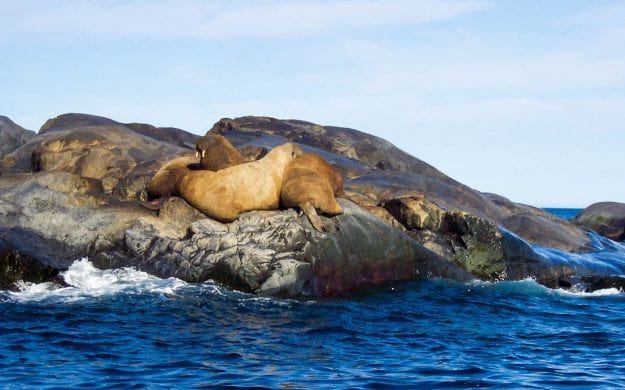
Three Arctic Islands
An award-winning Arctic expedition cruise that shows you the most dramatic coastline of Greenland, Iceland, and Norway's Spitsbergen Island. See icy fjords, rugged coastline, and massive glaciers. Along the way, encounter wildlife, including bearded, ringed, and harp seals, musk oxen, walrus, beluga, bowhead whales, and, of course, polar bears!
From $10495 Per Person
Active
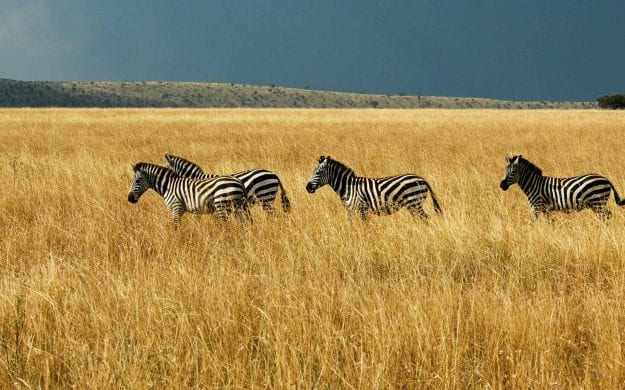
Tanzania & Kenya Wildlife Safari
The absolute best of East Africa! Tanzania's Tarangire, Lake Manyara, Serengeti and Ngorongo Crater. Kenya's Lake Nakuru and Masai Mara. Find the Big Five—elephants, lions, leopards, rhino and buffalo—as well as zebras, gazelles, giraffes, hippos, hyenas, baboons and much more.
From $7895 Per Person
Active
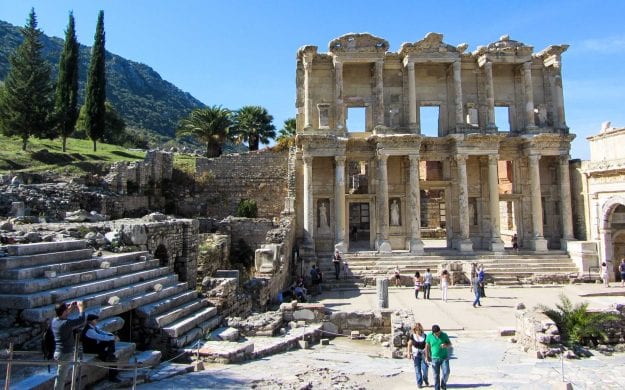
Turkey Adventure with Teens
Hike the moonscape of Cappadocia. Sleep in a cave hotel. Roam the ruins at Ephesus. Set sail in the Mediterranean, and swim in the turquoise waters. How can learning be so much fun?!
From $5595 Per Person
Active
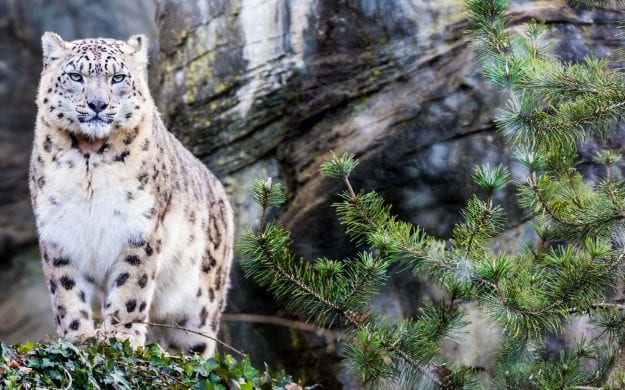
In Search of the Snow Leopard
Naturalist-guides have been monitoring a particular Snow Leopard population in Ladakh. Observing and photographing these Snow Leopards will be the main goal of this trip. Spot other mammals and birds as well, and enjoy traditional Ladakhi hospitality.
From $6385 Per Person
Demanding
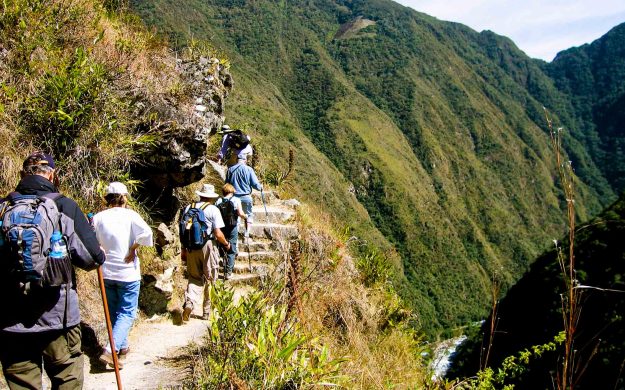
Active in the Andes
Combine hiking, biking, rafting, cross-cultural engagement and archaeological discovery in one fantastic, seamless itinerary. This is great for energetic explorers and families with teens, too.
From $4870 Per Person
Challenging
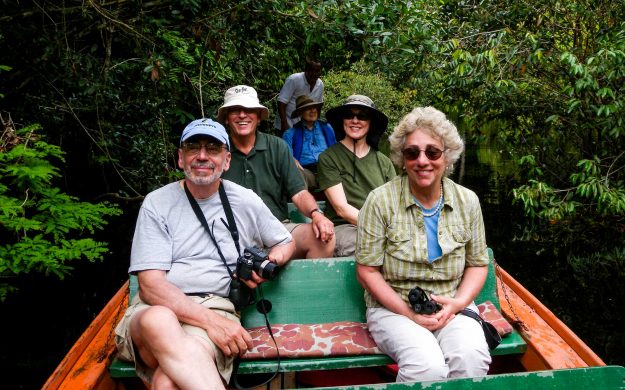
Complete Pantanal
Explore the planet's most extensive wetland. This unusual itinerary offers North and South Pantanal, featuring more wildlife than anywhere else in this hemisphere—hyacinth macaws, black caimans, yellow anacondas, capybaras, anteaters, perhaps the elusive jaguar & more.
From $4995 Per Person
Active
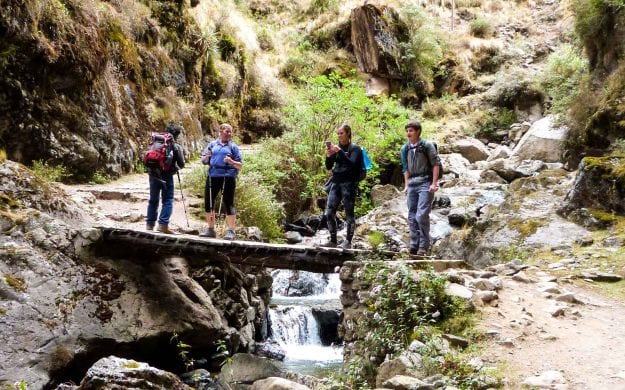
Incas and Amazon for Families with Teens
Reveal the wonders and delights of the Amazon, Andes, and all of Peru to your whole family with our expert, family-friendly naturalist guides.
From $4550 Per Person
Active
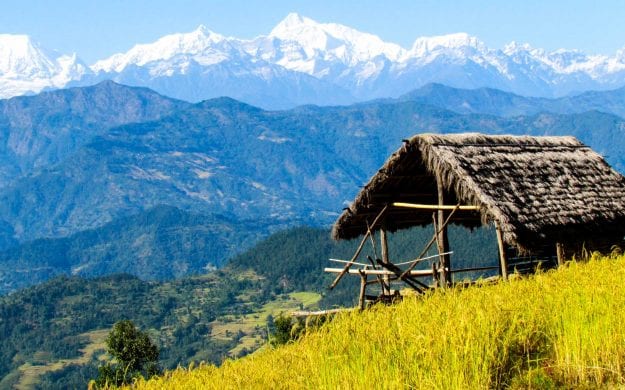
Kathmandu Ridgetop Trek
The north rim of the Kathmandu Valley offers a little known window to the highest peaks from relatively easy trails at modest altitudes. Routes are easily accessible from Kathmandu without flights or long drives. Visit a variety of cultural groups in their middle hill villages.
From $4045 Per Person
Vigorous
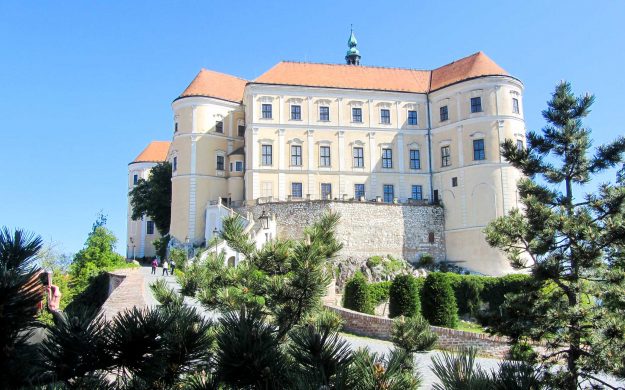
Czech Republic Adventure
The perfect trip for active travelers who want to get out on the mountains, trails, and rivers of this enchanting country. Experience Czech culture, nature, and history by foot, boat, and bike.
From $4295 Per Person
Challenging
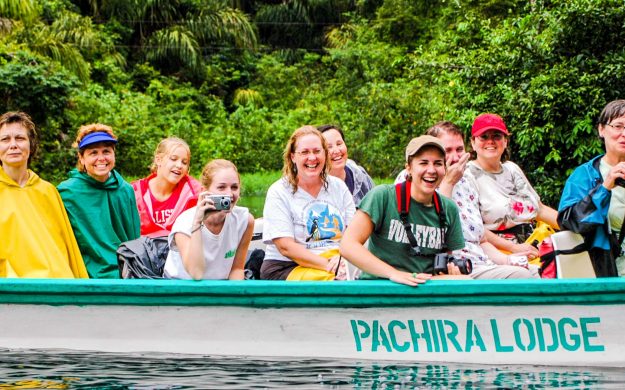
Costa Rica Adventure with Teens
An exciting adventure up active volcanoes, through exotic rainforest, down ziplines, in boats, and on water. This is the pefect graduation gift for your 8th or 12th-grade child or grandchild!
From $4650 Per Person
Active
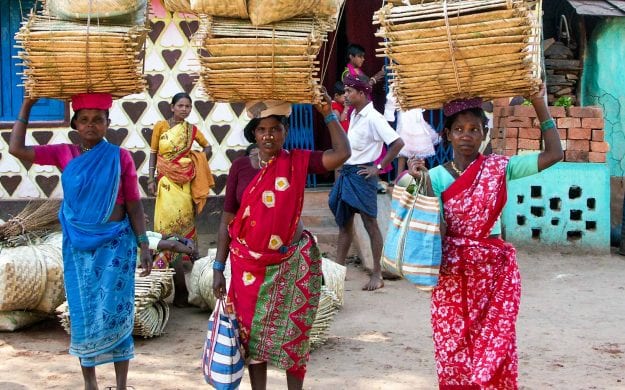
North India Treasures
This is the India of our imagination; the grace and magnificence of the Taj Mahal, the cultural grandeur or Rajasthan, and the vibrancy of Mumbai.
From $4945 Per Person
Gentle
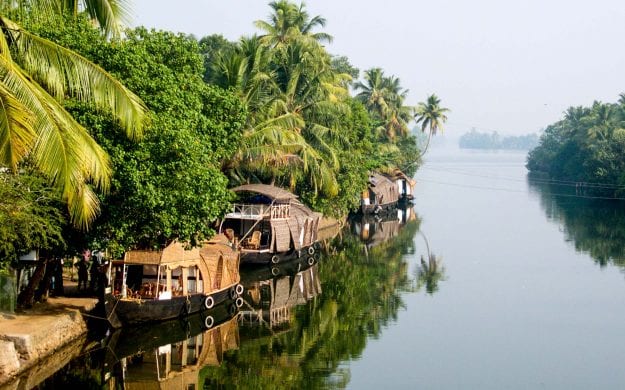
South India Treasures
A lovely overview of the gentler, greener, southern half of India. Focus on the cultural and natural highlights of the states of Tamil Nadu and Karala. Experience safari, village life, and artistry.
From $4830 Per Person
Gentle
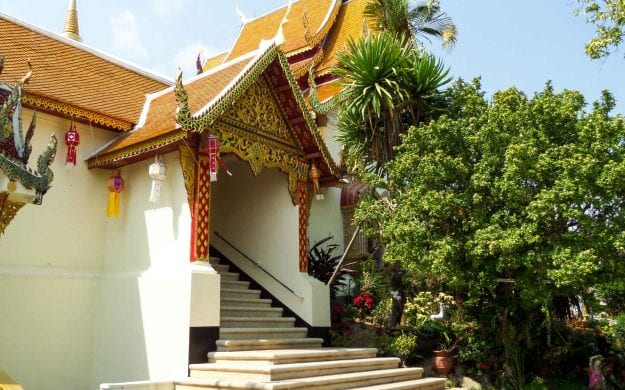
Nature & Cultures of Northern Thailand
Enjoy a very personal exploration of the cultures and natural environments of northern Thailand. This is an active, flexible itinerary made all the more wonderful by the personal hosting at two of Thailand's most unique, most lovingly-run, eco-lodges.
From $3395 Per Person
Active
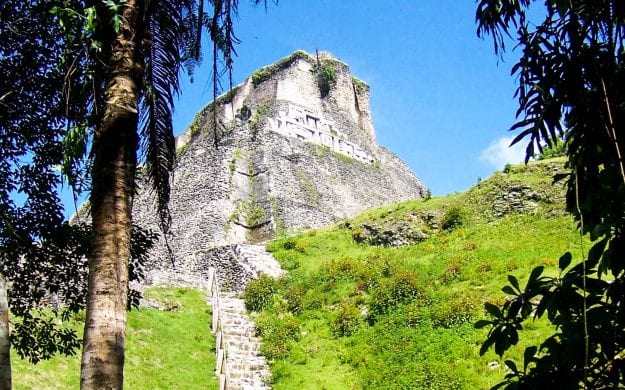
Jungle Discovery Week for Families
Adventure for all ages awaits on this week-long exploration of the Belize jungles. Explore Mayan ruins; swim, paddle and float through caves; get up close and personal with hundreds of species of Belizean animals, including monkeys, reptiles and birds; and stay at superb ecolodges that make you feel as though you are a part of this exciting jungle.
From $3275 Per Person
Active
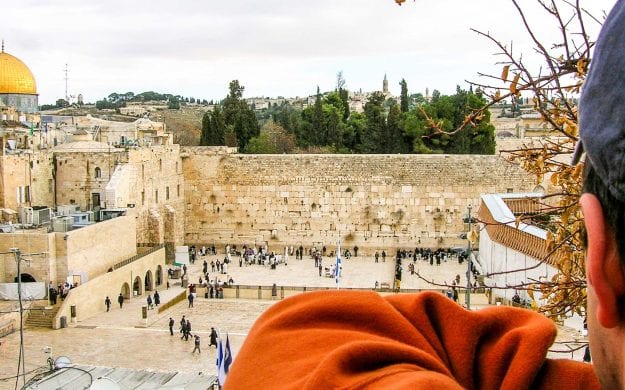
Israel In-Depth
Your comprehensive trip through the spectacular sites and stories of Israel will chronicle the dramas of the Canaanites, Israelites, Philistines, Assyrians, Babylonians, Persians, Greeks, Jewish Hasmoneans, Romans, Byzantines, Arabs, Ottomans, Palestinians, and Israelis.
From $6595 Per Person
Gentle
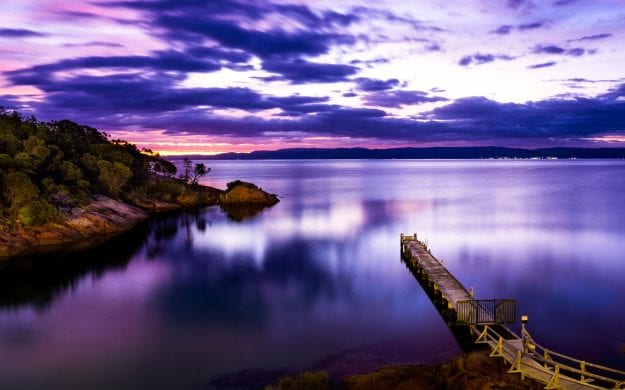
Islands of Australia & The Great Ocean Road
Wild scenery, Australian animals, and wonderful weather rule southern Australia from October to April. This trip is great for birders and wildlife photographers and anyone seeking authentic nature encounters on some of the most beautiful islands in Australia.
From $4795 Per Person
Active
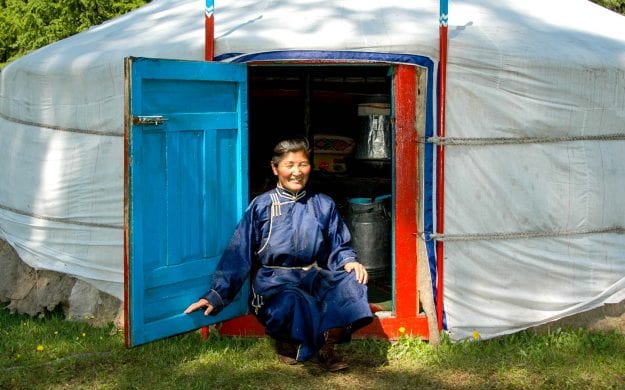
Ultimate Mongolia with Naadam Festival
Outstanding leadership, scenery, accommodations, and a celebration of Mongolian culture and rituals. The Naadam Festival will be a highlight, with its great displays of horsemanship, wrestling, and pageantry. Nothing else like it on the planet!
From $6210 Per Person
Active
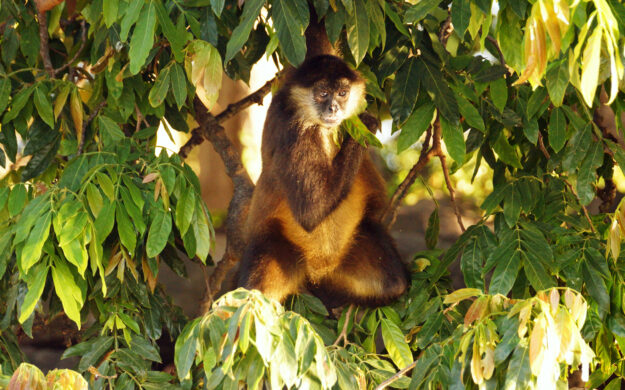
Three Gems of Nicaragua
Three alluring lodges distinguish this unique Nicaragua experience. Delight in your stays at Jicaro Lodge on one of the isletas near Granada, Totoco Lodge on Ometepe Island, and Morgan's Rock on the Pacific Coast near San Juan del Sur.
From $5650 Per Person
Active
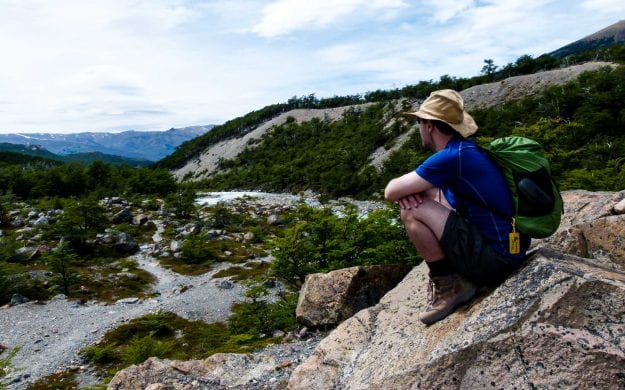
Vivid Argentina
Explore vibrant Buenos Aires. Drink in the beauty of wine country. Marvel at the glacial icescapes of Patagonia. Wonder at the sheer volume of Iguazu Falls. Gain a deeper understanding of a remarkable, diverse destination.
From $6100 Per Person
Active
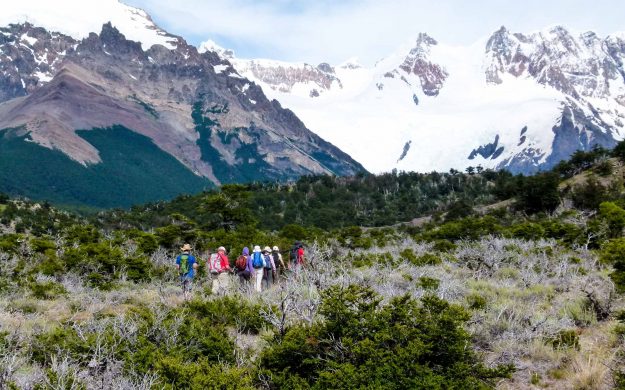
Highlights of Patagonia
The glaciers and peaks of Patagonia will take your breath away. Witness the grandeur of Perito Moreno Glacier, navigate the waterways of Tierra del Fuego, and marvel at unimaginable natural beauty. As long as you're in Argentina, also hit the highlights of Buenos Aires.
From $4200 Per Person
Active
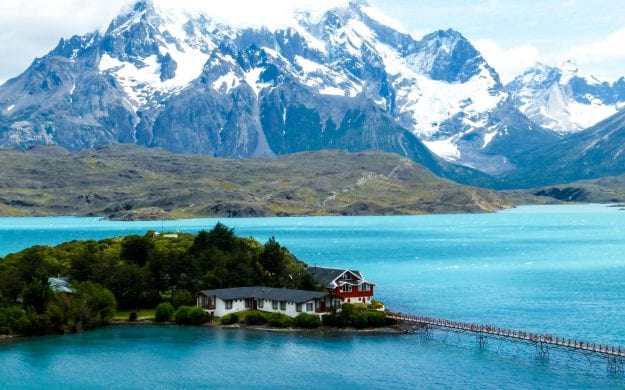
Patagonia Discovery Safari
Choose your excursions around the Lake District and among the granite spires of Torres del Paine. Options include horseback riding, hiking, biking, boating, and more. Find yourself along towering glaciers, beside turquoise lagoons, and amidst breathtaking panoramas of the Andes.
From $6575 Per Person
Vigorous
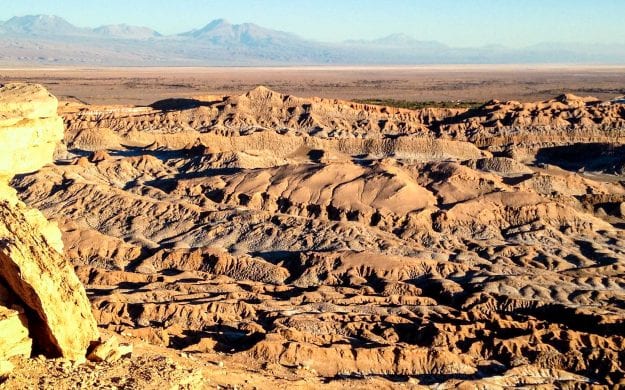
Oases of Chile: Atacama & Patagonia
Bike through wine country. Climb sandstone hills and granite spires. Witness geothermal geysers. Circumnavigate blue lagoons. Encounter vast glaciers. Experience the impressive range of Chile's landscapes with an adventure including the Atacama Desert of the north and the Patagonian Andes in the south.
From $6195 Per Person
Challenging
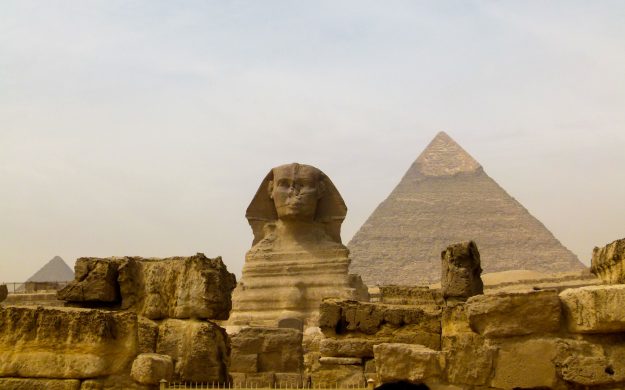
Ancient Egypt, Jordan & Israel
Explore iconic sites of ancient and biblical times on a historic and cultural adventure through three countries. From remote desert wonders to cities that mix ancient and modern character, you will realize, in awe, the richness and significance of these destinations.
From $7595 Per Person
Gentle
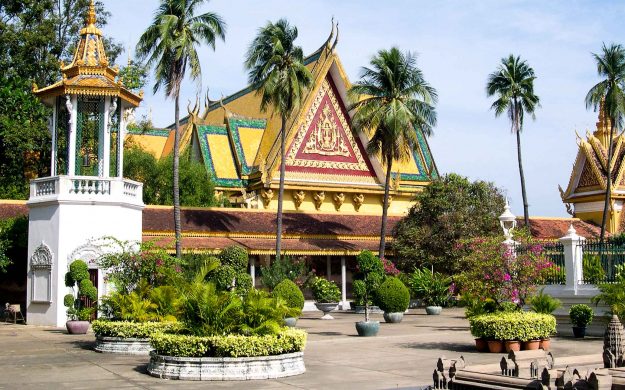
Captivating Cambodia
Discover the enduring wonders of Angkor Wat and the unfailing hospitality of Buddhist people successfully emerging from a tragic twentieth-century history.
From $2685 Per Person
Gentle
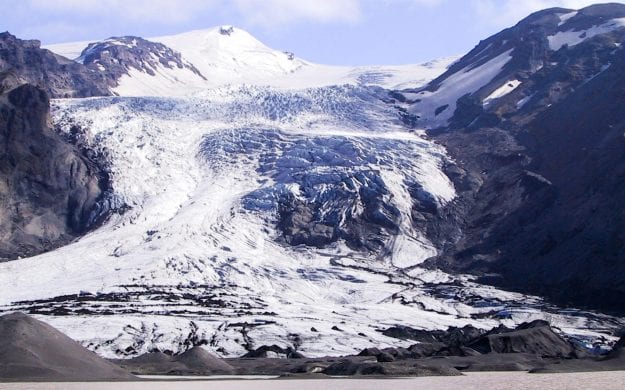
Iceland Circumnavigation
Be in the driver's seat of your Icelandic adventure. You say when and where. Navigate from crystal clear glacial lakes to wondrous waterfalls to quaint turf-style farmhouses, all with the comfort of knowing you can adjust your itinerary as you go along and as you wish!
From $5275 Per Person
Gentle
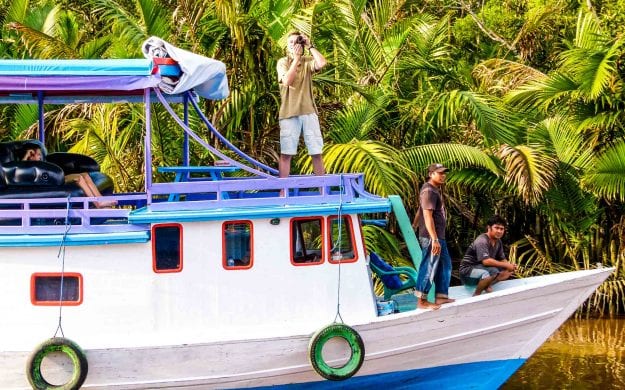
Wild Indonesia for Families with Teens
Enjoy hiking, snorkeling and close-up, intimate wildlife experiences on an adventure designed especially for families with active teens. Activities include a visit to a cultural arts high school, a day within a royal Balinese family compound, and encounters with Orangutans, Komodo Dragons, Probocis Monkeys and coral reefs.
From $4550 Per Person
Vigorous
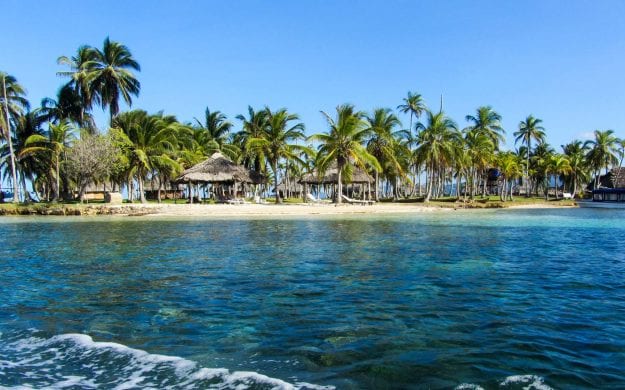
Peninsula of Pacific Perfection
After a historical introduction to Panama and the Panama Canal, you'll find escape and adventure on the Azuero Península. Known for great beaches, folklore, natural areas, snorkeling, surfing, fishing, turtles, and horseback riding, you will have your selection of pleasures.
From $3150 Per Person
Gentle
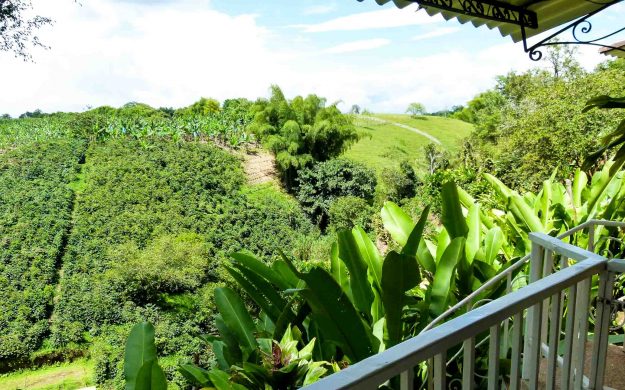
Colombia Mountains & Medellin
Explore Bogota, Medellin and Cartagena plus the Andes and coffee country. You will visit Colombia's rich valleys, sample the tropical wonders of Valle de Cocora and experience a wide variety of colonial, artistic and historical features, and enjoy great food.
From $3095 Per Person
Active
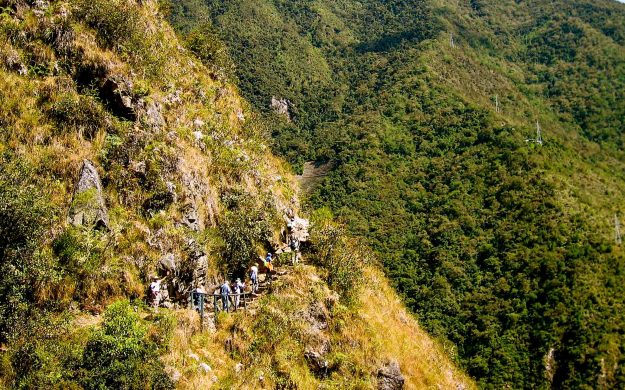
Hiking Sacred Inca Paths
Trek in the less visited and uncrowded Lares region of the Sacred Urubamba Valley north of Cusco. Stay in comfortable lodges and enjoy Machu Picchu plus experience personal encounters with traditional weavers, roving herds of alpacas and llamas, and authentic Quechua village life.
From $4850 Per Person
Vigorous
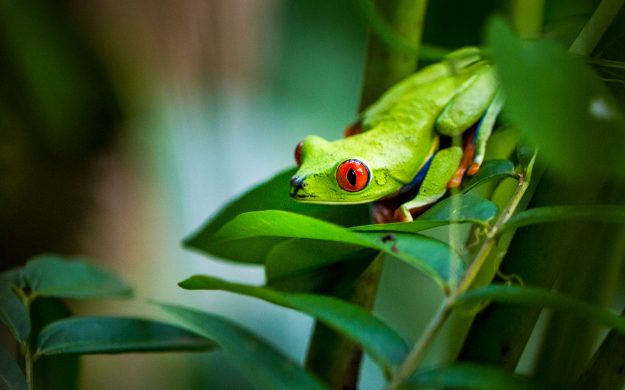
Costa Rica for the Natural Explorer
This rich itinerary exposes you to the two most iconic faces of Costa Rica: the lush rainforest and the stunning coast. You begin in the rainforests of Arenal National Park then it's off to Corcovado National Park for a large concentration of wildlife.
From $4825 Per Person
Gentle
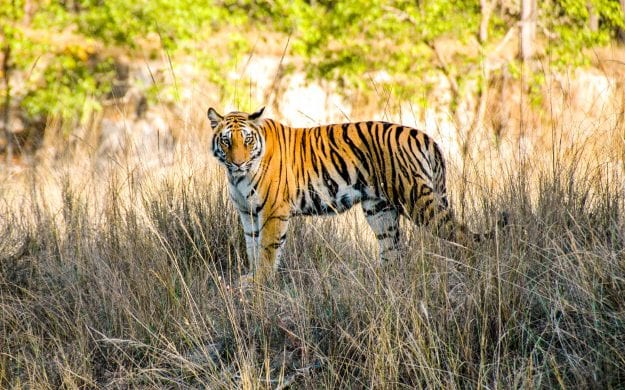
Taj Mahal, Temples, and Tigers
The perfect India trip for travelers looking to experience both the natural and cultural highlights of India. Explore the cultural riches of Delhi, Jaipur, and Khajuraho and search for wildlife at three fantastic parks.
From $4850 Per Person
Active
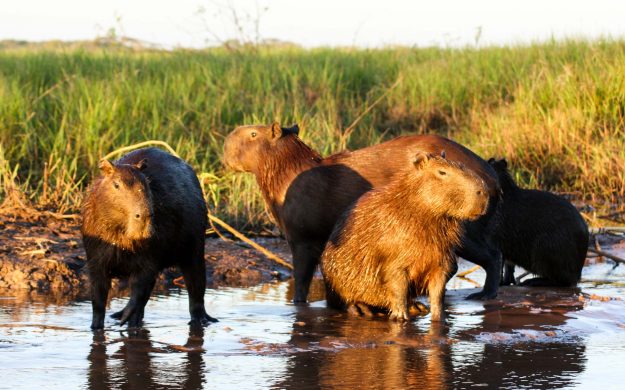
Brazil’s Waterfalls, Wetlands and Wildlife
Explore the Amazon Rainforest, savannah grasslands, and Pantanal wetland ecosystems of Brazil. Stay in a comfortable lodge while you explore your surroundings by foot, horseback and canoe.
From $5795 Per Person
Active
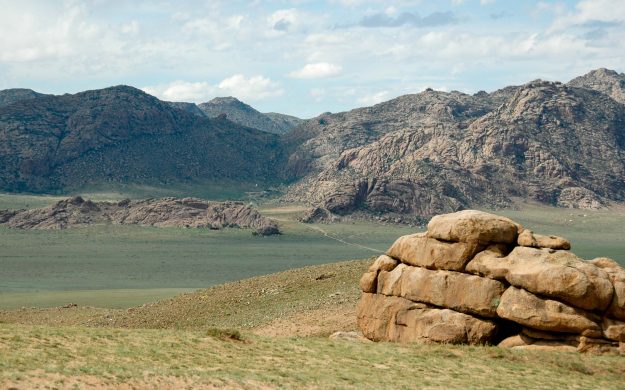
A Taste of Mongolia
A short tour that still covers all the must-see landscapes of this beautiful and sparsely populated country. Meet the friendly, but shy nomadic locals that make their homes in traditional gers as they tend to the livestock and admire the beauty of the country from the vast grasslands to the lush green mountains at Terelj and Hustai National Parks, plus look for dinosaur bones in the barren Gobi Desert at the Flaming Cliffs.
From $5345 Per Person
Active
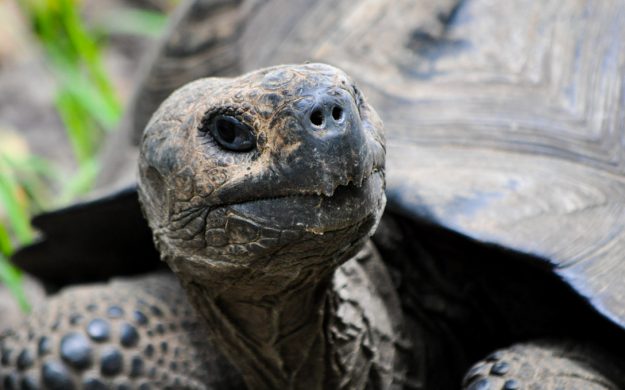
Aboard the M/Y Grace – Southern & Central Route
This refurbished yacht carries a rich history, royal credentials, and elegant, comfortable appointments. The ship attracts adult travelers who enjoy a bit of luxury, the history of the vessel, and adventure in style.
From $10550 Per Person
Active
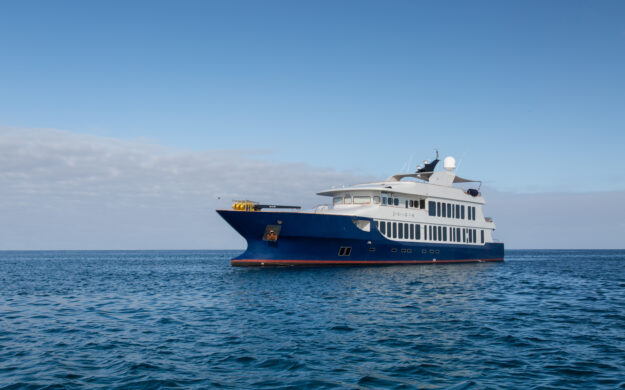
Aboard The Origin, Theory, or Evolve – Northern & Western Route
The MV Origin is a dream boat, blending the best of tasteful design and decor, luxury amenities, and environmental sustainability. This ship was built based on years of feedback from past participants. It's custom design is ideal for Galapagos excursions. Connecting rooms and triple cabins make it ideal for families.
From $10500 Per Person
Active
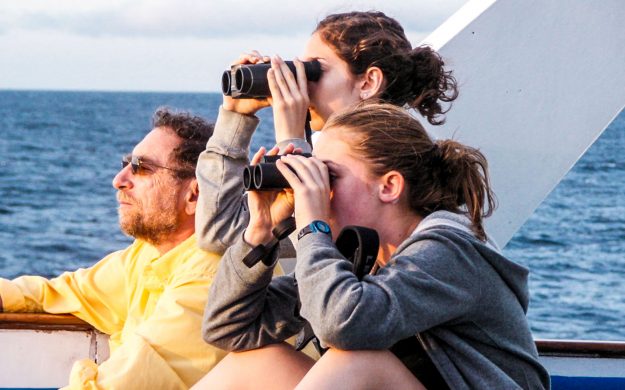
Aboard the Origin, Theory, or Evolve – Southern & Central Route
The MV Origin is a dream boat, blending the best of tasteful design and decor, luxury amenities, and environmental sustainability. This ship was built based on years of feedback from past participants. It's custom design is ideal for Galapagos excursions. Connecting rooms and triple cabins make it ideal for families.
From $10500 Per Person
Active
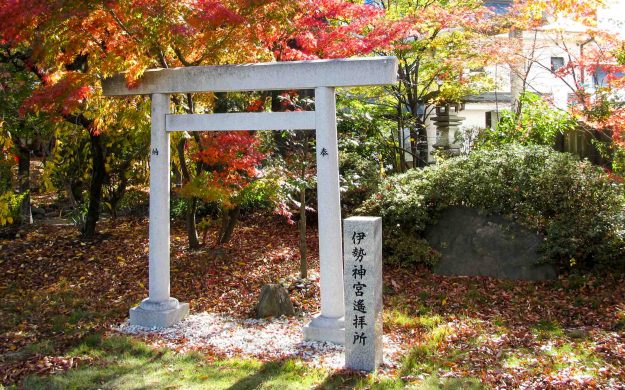
Ancient Arts and Temple Gardens of Japan
We've taken the original and very popular Classic and Festive Japan itinerary and tweaked it for those interested in exploring more of the arts, crafts, and gardens that Japan is famous for. Your adventure takes you from vibrant Tokyo to Mt. Fuji and scenic Lake Ashinoko in Hakone, then to the old capital of Kyoto via bullet train.
From $8000 Per Person
Gentle
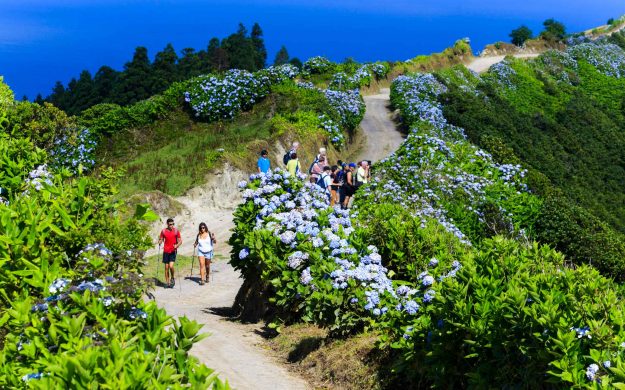
Azores Archipelago Revealed
Shhhh...don't tell anybody. We've discovered a hidden and rarely visited archipelago, one that most people overlook in their search for a refreshing and sensational outdoor adventure. It's the Azores, nine islands about 800 miles off the coast of Portugal, and we think it may just be the best-kept secret in the entire Atlantic Ocean. And with hiking volcanoes, swimming in natural thermal pools, whale watching and more, this adventure is the best, all-encompassing way to experience it.
From $3850 Per Person
Active

Baja Adventure Retreat
Experience the incredibly diverse Baja peninsula on this easily customizable trip that's close to home. Spend half of your time in Todos Santos, where you'll surf the waves, horseback ride on the beach, hike the cliffs, tour the town, and stay in a charming casita. Then, move on to Espiritu Santo National Park for a few days of luxury camping in on the beach. Here you'll kayak, snorkel, hike, swim with sea lions, stand-up paddle board, bird watch, check out cave art, and visit hidden lagoons and desert beaches.
From $4850 Per Person
Active
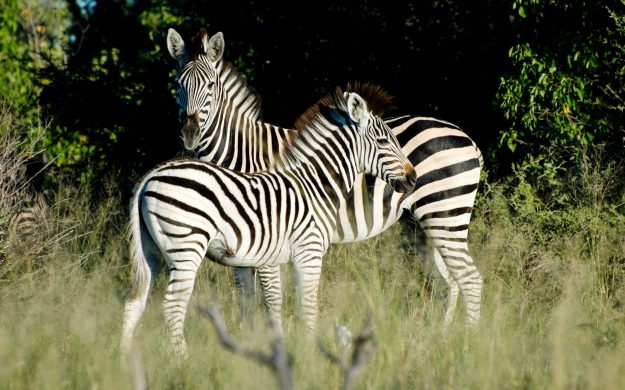
Best of Botswana and Zimbabwe
Visit the most animal-rich sanctuaries of Botswana and Zimbabwe, offering countless photo opportunities and intimate nature experiences. Top the trip off with a stop in Victoria Falls, one of the seven natural wonders of the world.
From $7595 Per Person
Active
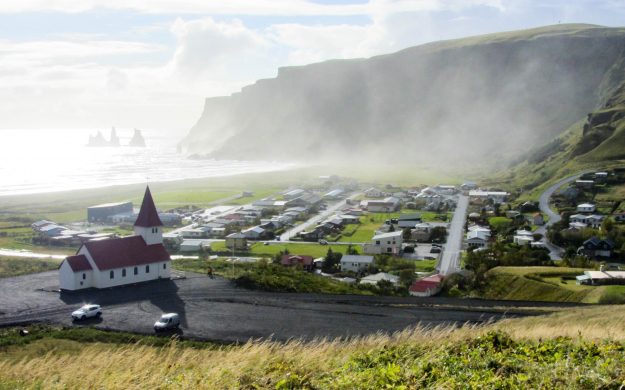
Best of Iceland’s Fire and Ice
See all of the glaciers, waterfalls, hot springs, lagoons, volcanoes, and lava caves you'd expect from this truly exotic land. Sprinkled throughout your days, you'll also get insider opportunities to learn about the history of the island, visit homes of locals, and enjoy meals at farms.
From $10895 Per Person
Active
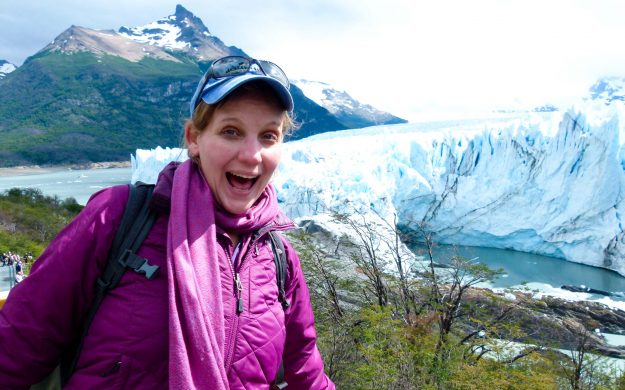
Best of the Southern Andes
Explore vibrant Buenos Aires and nearby Colonia, Uruguay. Absorb the scenic splendor of northern Patagonia's Lake District. Drink in (and gobble up) the beauty of wine country. Travel overland to Santiago and Valparaiso, where the mix of historic and contemporary culture will delight you.
From $5950 Per Person
Active
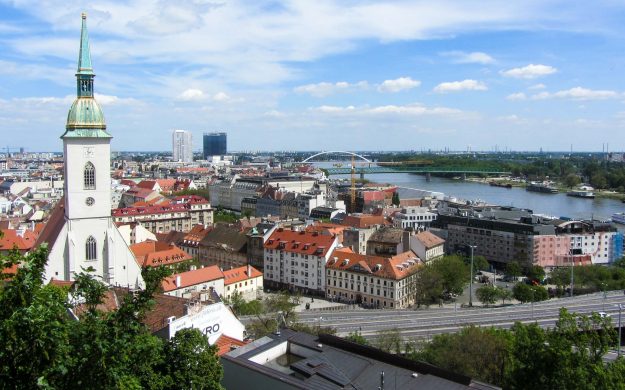
Bohemia & Beyond
Explore Austria, Slovakia, and the Czech Republic. Experience the iconic region of Bohemia. Wander charming cities, tour castles, dine on local delicacies, and drink fantastic beer and wine of the region.
From $4365 Per Person
Gentle
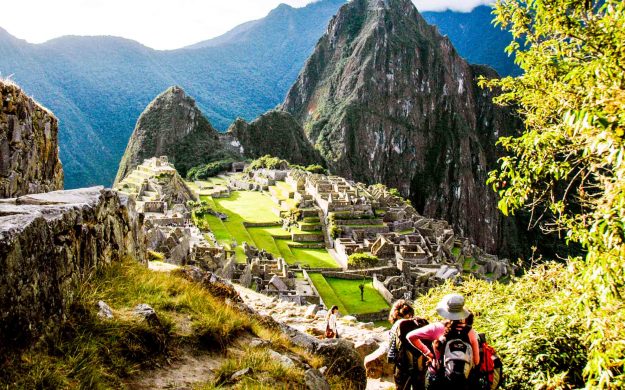
Classic Inca Trail to Machu Picchu
Choose this as the best supported, guided, paced, and accommodated trip available for hiking the full traditional Inca Trail to Machu Picchu.
From $3990 Per Person
Demanding
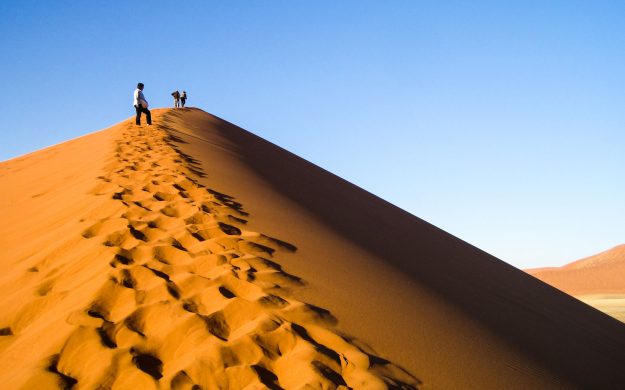
Classic Namibia
Savor Namibia's changing scenery and unspoiled wilderness using your own private guide.
From $5195 Per Person
Active
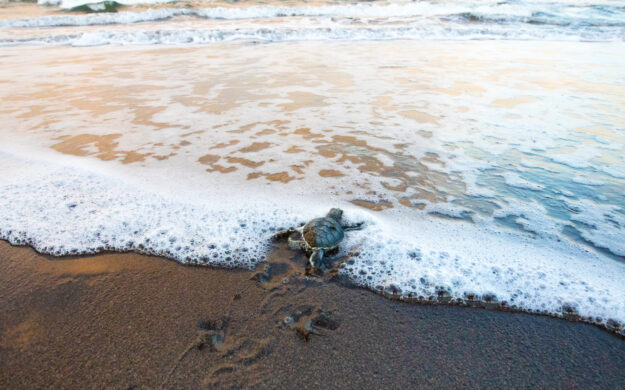
Complete Costa Rica
This trip includes stunning scenery, active excursions, lots of wildlife, and cozy lodges with character. Spot animals large and small, experience surreal landscapes and enjoy the best of the rainforest.
From $7995 Per Person
Active
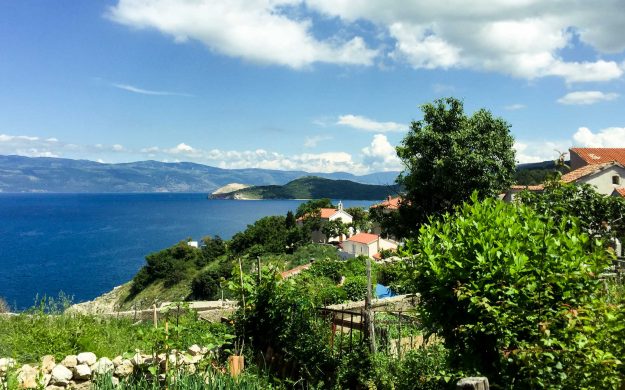
Croatia’s Dazzling Dalmatian Coast
Discover the ancient towns, seaside, unique food, and warm people of Croatia.
From $6260 Per Person
Gentle
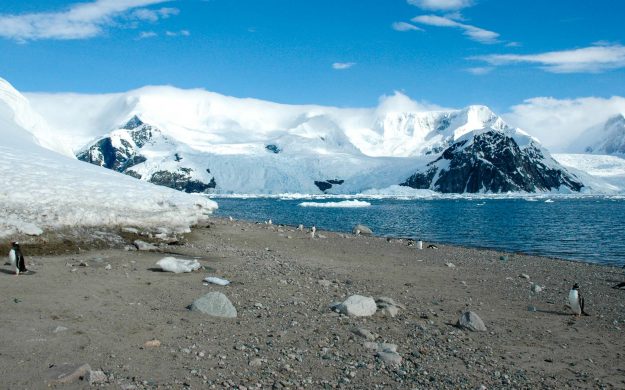
Crossing the Circle: Southern Expedition
Cross the Antarctic Circle and sail much farther south along the Antarctic peninsula than most trips while enjoying options for kayaking and camping on the icy coast.
From $16741 Per Person
Active
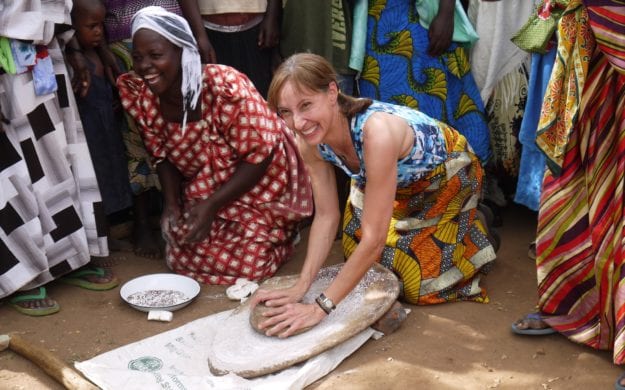
Cultural and Animal Encounters in Uganda
With opportunities to meet villagers, learn cultural traditions, spot the big five safari animals, track mountain gorillas, view waterfalls, and visit community development projects, this trip includes more highlights than any other trip to Uganda and Rwanda. This itinerary was hand-crafted by our top-rated guide, Paul Tamwenya.
From $6500 Per Person
Active
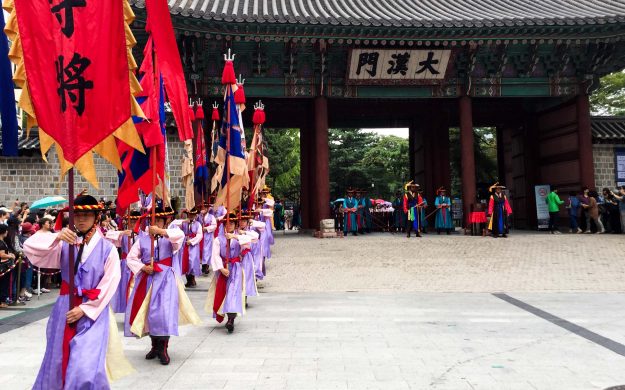
Discover South Korea
A superbly guided exploration of the most venerated, significant and impressive cultural, religious and historical sites of South Korea. Explore Seoul, Gyeonju, Jeju, Busan and the DMZ, learning about the unique aspects of Korean culture and history. Gain a personally-guided insight into the spirit and energy of contemporary Korean society.
From $4485 Per Person
Gentle
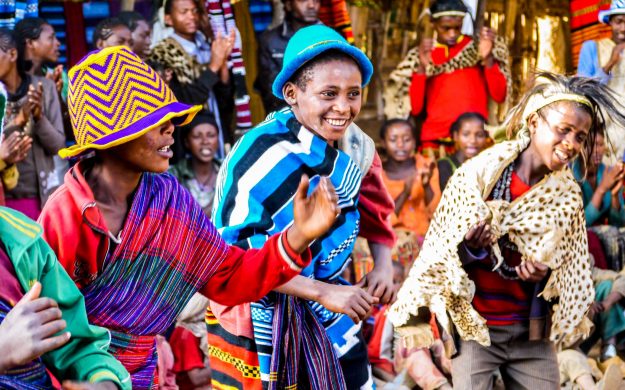
Ethiopia Genna & Timkat Festivals
Join in the swirling color and passions of the Genna and Timkat Festivals. Visit the castles of Gondar, the sacred city of Axum, the Gelada Baboons in the Simien Mountains and the tribes of the Omo Valley.
From $7990 Per Person
Vigorous
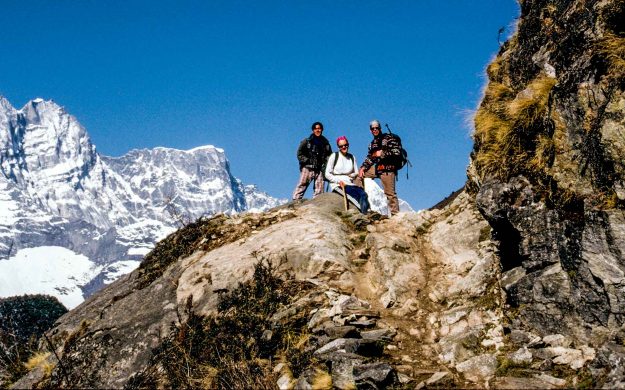
Everest Base Camp Trek
The Everest region offers an enduring experience of geological magnificence and profound cross-cultural discovery. This trek may be the most extraordinary and enlightening experience of your lifetime.
From $6900 Per Person
Demanding
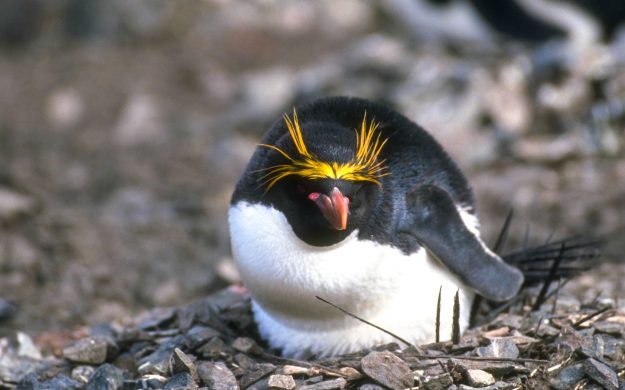
Falklands, South Georgia, and Antarctica: Explorers and Kings
This is a truly epic adventure through the remote Falkland Islands, the wildlife paradise of South Georgia and the extraordinary landscape of the Antarctic Peninsula. You’ll enjoy unforgettable encounters with untamed wildlife in a vast, dramatic and spectacular setting; you’ll take a step back in time at historically significant sites; and you’ll be mesmerized by the rich diversity and contrasts that make these regions so captivating and unique.
From $14691 Per Person
Active
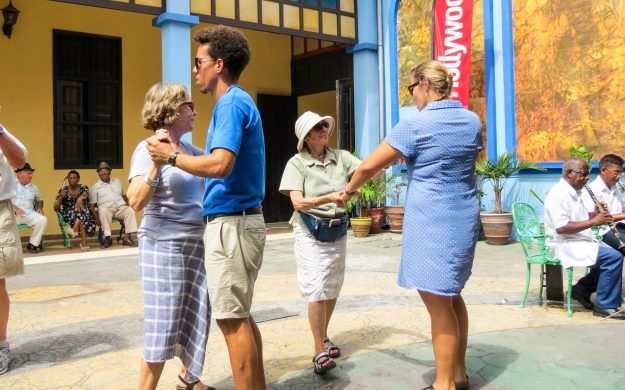
Havana and the Valley of Viñales
On a short trip, in a very small group, explore big-city Havana and the ancient landscape of the Viñales Valley -- a perfect counterpoint for visitors who want a deep experience of both culture and outdoor adventure in Cuba.
From $4600 Per Person
Gentle
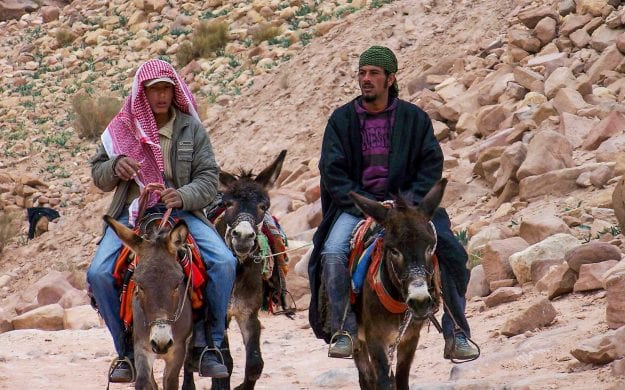
Journey into Jordan
Explore Jordan from top to bottom on an epic cultural journey that takes you to the splendid Nabatean ruins at Petra, Bedouin camps nestled in picturesque desert wadis (valleys), and homes of contemporary Jordanians. Splash in the Red Sea, the Dead Sea, and the Siq water trail at Wadi Mujib. Lose yourself in the sands and seas of the desert.
From $3725 Per Person
Active
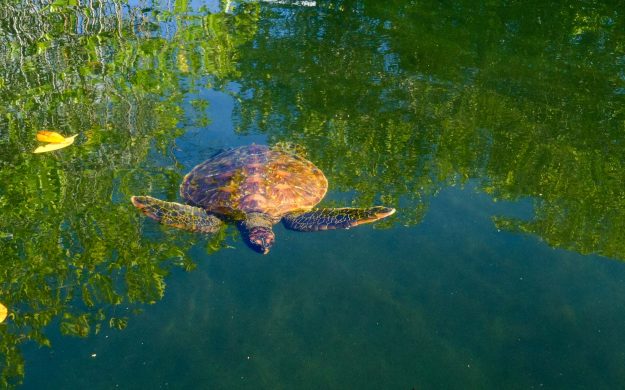
Lodge-Based Galapagos
All the wildlife of a Galapagos cruise, with more active options, more time with locals, and more space and flexibility to explore. Immerse yourself in this spectacularly abundant archipelago.
From $5895 Per Person
Active
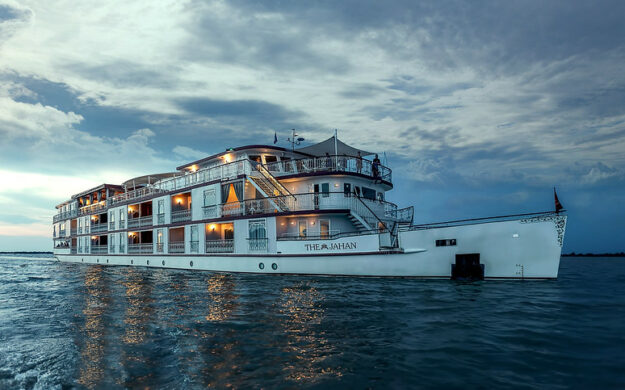
Mekong Luxury River Cruise
Your Mekong adventure begins with a visit to bustling Saigon, where you spend time exploring the city and visiting the historical Cu Chi Tunnels. From here, board a luxurious boat and cruise along the Mekong where you get insight into the lives of the people who live along the banks and on the river. End in Siem Reap, where you visit the ancient ruins of the Angkor period. You'll travel on the luxurious Jahan Boat, which combines old-fashioned elegance with modern comfort.
From $5980 Per Person
Gentle
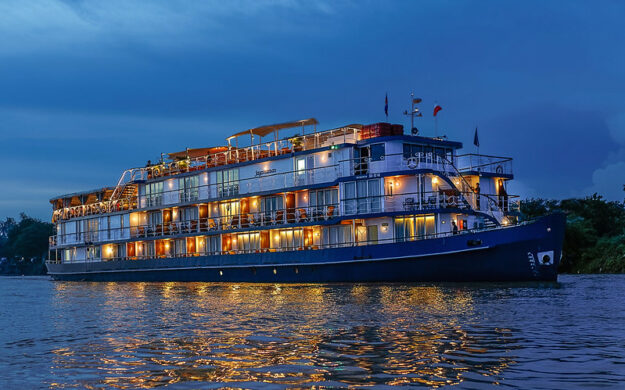
Mekong River Cruise
Enjoy eight days cruising on the Jayavarman and explore the Cu Chi Tunnels and Angkor Temples ruins.
From $4700 Per Person
Gentle
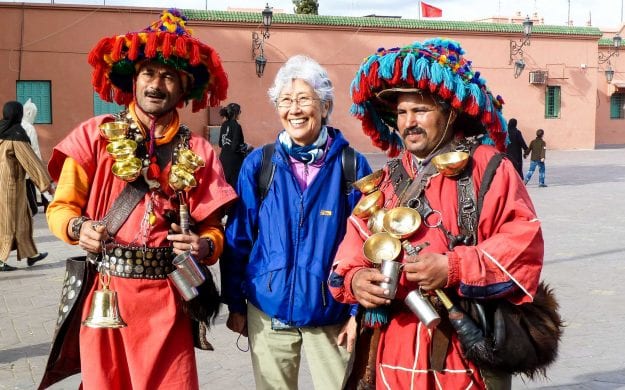
Morocco in Luxury
On this tantalizing journey through Morocco, become immersed in the history and culture of the alluring North African country. Explore Rabat, Fez, and Berber villages of the Atlas Mountains, journeying by camel to a lovely tented oasis camp deep in the Sahara, roaming deep mountain gorges, and wandering Marrakech's delightful markets.
From $5900 Per Person
Active
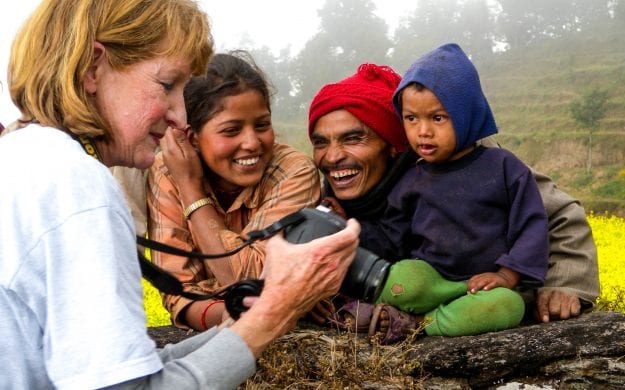
Nepal Family Adventure
See Nepal like you’ve never seen it before, with school visits, rafting, wildlife safaris, elephant encounters, ancient village visits and optional trekking.
From $2750 Per Person
Active
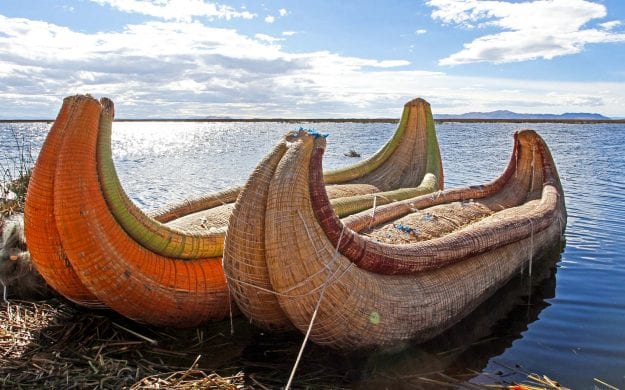
Peruvian Panorama
Want to truly see it all? Do it on this fast-paced, all-encompassing Peru trip, with the Amazon, Cusco, the Sacred Valley, Machu Picchu, Lake Titicaca, the Nazca Lines, and Ballestas Islands.
From $9750 Per Person
Vigorous
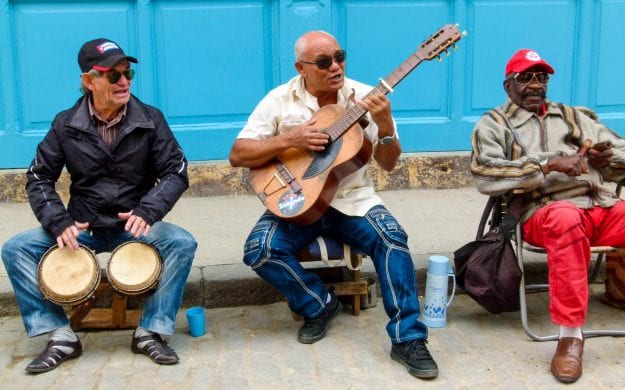
Rhythm of a Lively Land
Unusually personal entrée into Cuba. From Havana to Cienfuegos, Trinidad and Remedios, absorb rhythms of life in the plazas, markets and neighborhoods. Walk in protected natural parkland. Enjoy interactions especially for your small group with artists, planners and social welfare visionaries.
From $4750 Per Person
Gentle
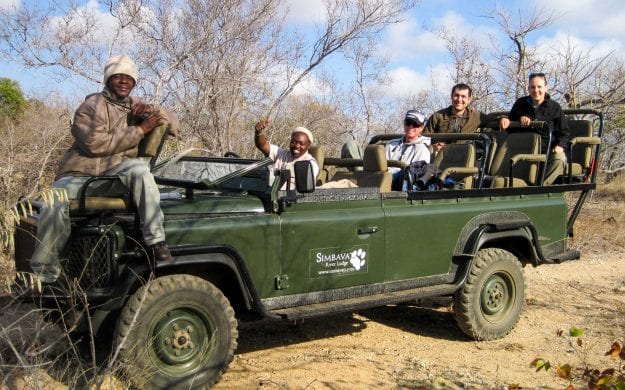
South Africa Sojourn
South Africa is undoubtedly one of the most culturally and geographically diverse places on earth. On this trip, spend your days discovering the gourmet restaurants, impressive art and nightlife scenes, fine beaches, or sampling some of the world’s finest wines. And, or course, experience its remarkably untamed wilderness with its astonishing range of wildlife roaming freely across massive unfenced game reserves.
From $5965 Per Person
Gentle
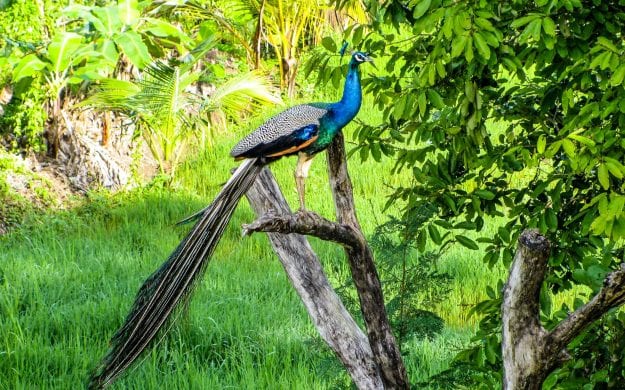
Sri Lanka in a Week
This is a fantastic overview of culture and history. Explore ancient cities, the roots of Buddhism, the tea-covered hill country, fantastic beaches, and exemplary wildlife sanctuaries on this beautiful isle in the Indian Ocean.
From $4025 Per Person
Active
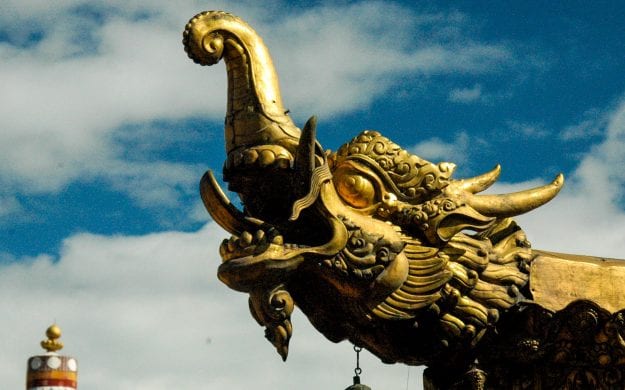
Tibetan Treasures
Satisfy your curiosity about Tibet on this 11-day journey that will fill your spiritual well and leave you wanting more. With visits to Tibetan cities, countrysides, villages, and mountains, plus palaces, monasteries, and handicraft centers, this trip is a cultural, scenic, and engaging feast for the senses.
From $4370 Per Person
Active
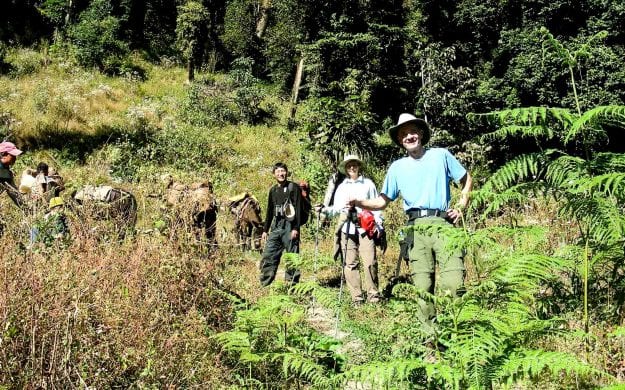
Trek to Sacred Chomolhari
Trek through ancient mountain battlegrounds of warrior monks whose legends still echo in deep glacial valleys, never-conquered peaks, and dense, dark forests.
From $5085 Per Person
Demanding
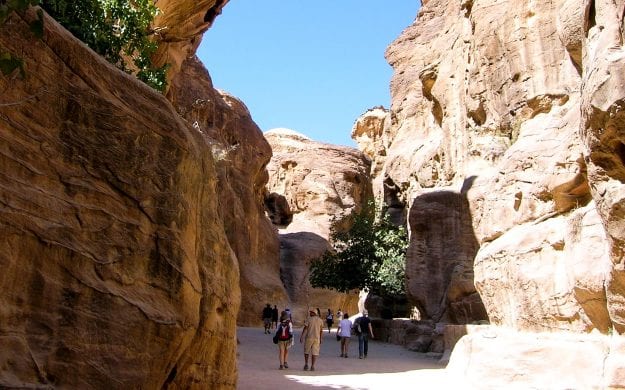
Trekking to Petra
This active adventure through Jordan includes a five-day 47-mile hike from Dana to Petra. Before your hike begins, though, enjoy explorations of the vibrant city of Amman, the relics of Madaba, Karak, and Dana Nature Reserve. Once your hike to Petra is complete, your adventure continues with a jeep safari exploring Wadi Rum, plus time to splash and play in the Dead Sea.
From $5150 Per Person
Challenging
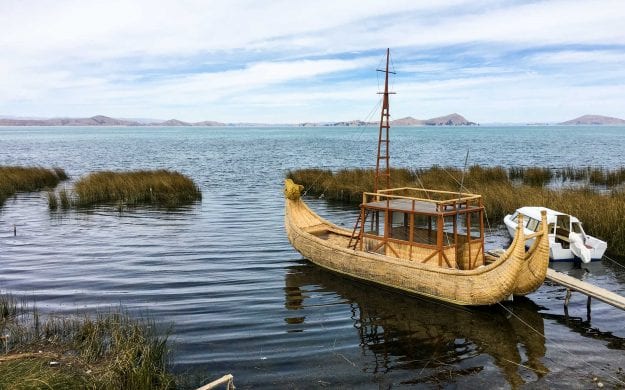
Undiscovered Bolivia
Embark on a comprehensive exploration of an extraordinarily varied, culturally rich and little-visited country in the heart of South America. Note the striking contrasts, from the tropics to the Andes, from the salt flats to Lake Titicaca. You will wonder why so few other tourists come to experience the colorful traditions and stunning landscapes of this destination brimming with vibrance.
From $5595 Per Person
Active
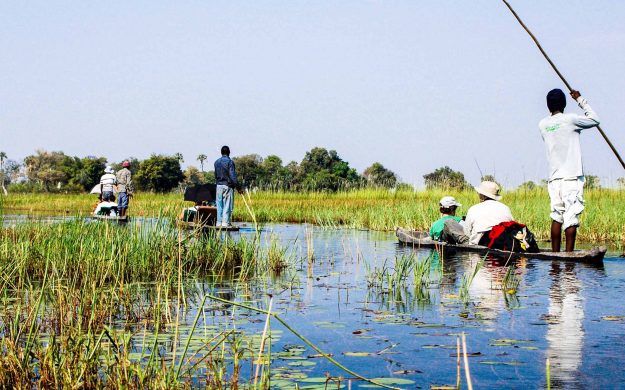
Wild Heart of Botswana
Journey through the heart of Botswana's Okavango Delta, home to vast quantities of wildlife including elephants, lions, hyenas, and crocodiles. On this tour, you'll have the opportunity to observe these animals in their uniquely spectacular environment - even from the comfort of your safari camp accommodations. Don't miss the beauty and wonder of the Okavango.
From $9125 Per Person
Gentle
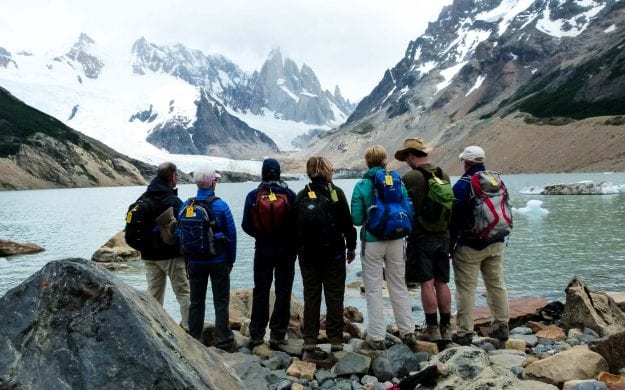
Wild Patagonia Nature Odyssey
Explore the scenic and wildlife wonders of Patagonia with active hiking, sailing, birding, and glacier walking in this land of high peaks, high winds, and high adventure.
From $8800 Per Person
Active
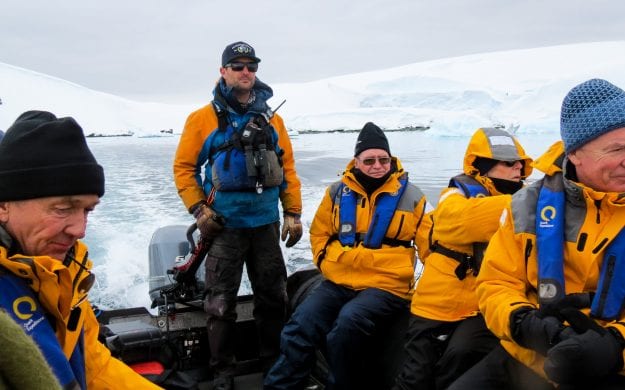
Antarctic Express: Fly the Drake
Encounter a world where nature creates the rules, her unpredictable temperament making each trip unique, exciting and personal—and no Drake Passage crossings are required! With a spectacular view, included charter flights between Punta Arenas and Antarctica have you experiencing the majesty of the 7th continent before transferring you to your ship in no time.
From $11999 Per Person
Active

Aboard the M/Y Grace – Northern & Western Route
This refurbished yacht carries a rich history, royal credentials, and elegant, comfortable appointments. The ship attracts adult travelers who enjoy a bit of luxury, the history of the vessel, and adventure in style.
From $10550 Per Person
Active
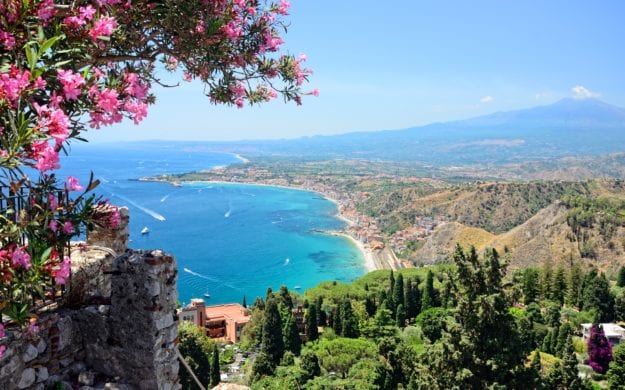
Journey through Sicily and Beyond
Mysterious parts of Italy delight the senses on this trip that starts in the quixotic city of Naples, visits Pompeii, an ancient city frozen in time, and then moves to the largest island in the Mediterranean Sea to explore Mt. Etna, Syracuse, and “Baroque Sicily” as it is known. Join long-time Journeys adventure director Florine Herendeen for this women-only experience.
From $5700 Per Person
Active
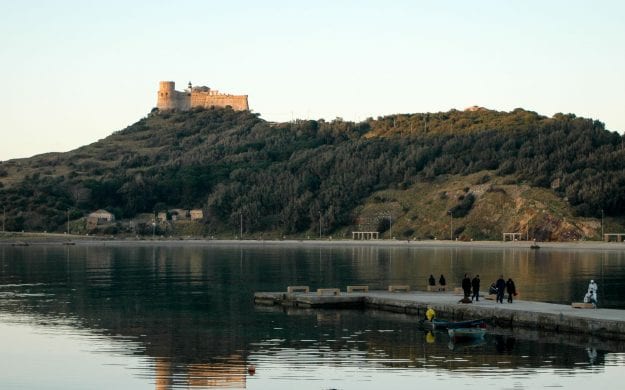
Timely and Timeless Tunisia
Explore the diversity of Tunisia's environments from Tunis and Carthage through the Sahara to the coast and Djerba Island with your expert guide. Meet Tunisians from all walks of life as you retrace North Africa's history and witness a historic ongoing transformation.
From $6700 Per Person
Active
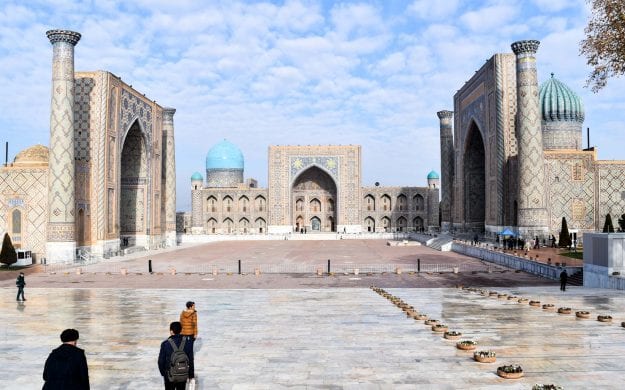
Silk Road through the Stans
Travel overland through four countries: Uzbekistan, Tajikistan, Kyrgyzstan, and Kazakhstan. Spectacular Islamic architecture will take your breath away on visits to many mosques and mausoleums. Learn how history has unfolded and traditions have persisted in these unique countries, from the days of the silk road through the confederation and dissolution of the Soviet Union, and continuing today. Find deeper understanding of the crossroads between Asia, the Middle East, and Europe on this epic journey.
From $5290 Per Person
Active
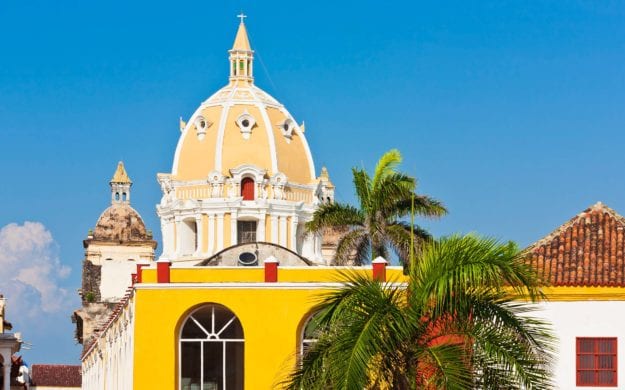
Urban Oasis of Colombia
This 7-day tour begins in the vibrant capital of Bogotá and ends in UNESCO World Heritage city Cartagena. Both cities embody the colonial history and authentic cultural charms of Colombia. This tour is ideal for those seeking exceptional cultural and culinary experiences.
From $1525 Per Person
Gentle
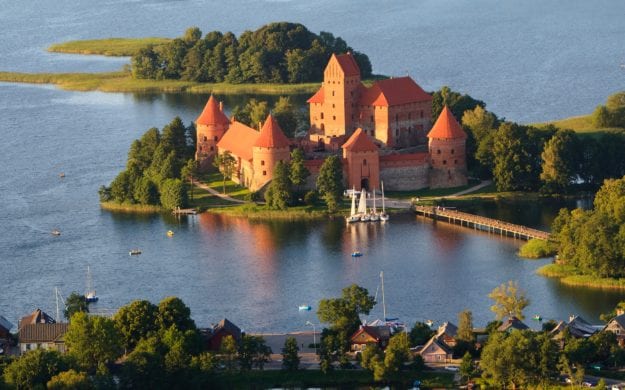
Baltics from Castles to Coast
Make your way through the countryside and delightful cities of the Baltic States, including Vilnius, Trakai, Riga, Parnu, and Tallinn. Explore castles, cafés, and galleries. Learn storied history.
From $7500 Per Person
Active
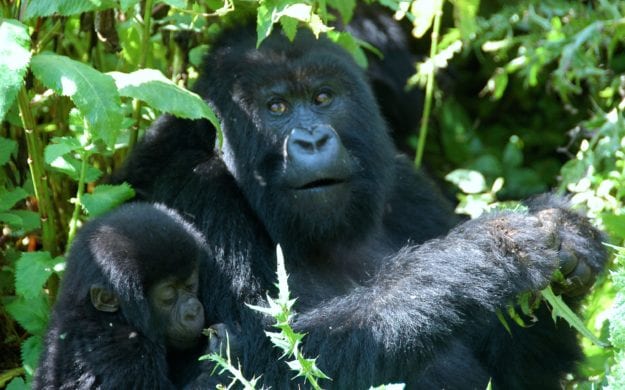
Primates and Parrots in Uganda
Join an expert naturalist guide on the most complete Uganda nature trip available. This is a very special opportunity for birding, photography, and gorilla viewing.
From $6375 Per Person
Challenging
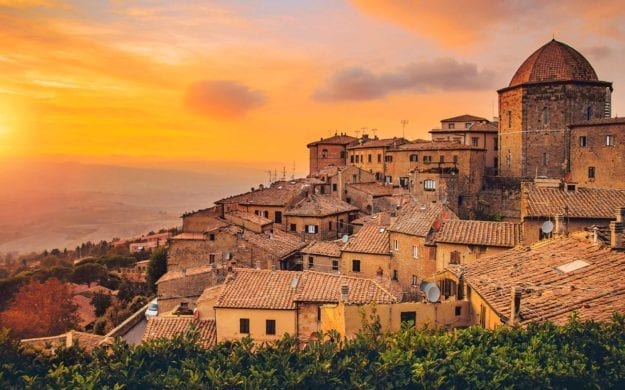
Italy Inspiration Sampler
Journeys International's Italy offerings are as flexible as your imagination. We present a sample itinerary based on the goals of many first-time travelers to Italy and some of our favorite spots. Your unique preferences and passions will let us customize an adventure for you and any companions you might bring.
From $4000 Per Person
Active
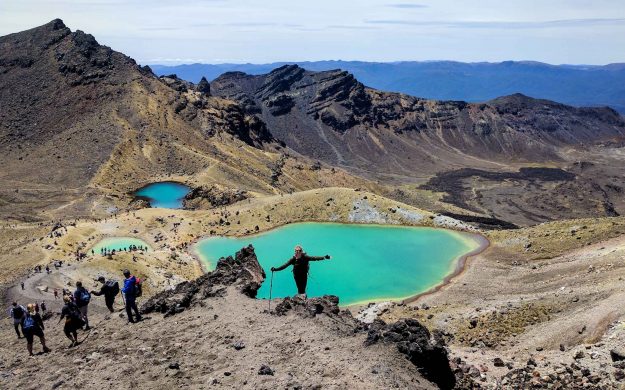
Complete Kiwi Explorer
If you leave no stone unturned when you travel, then the Complete Kiwi Explorer was designed just for you. Over the course of this two-week excursion, your guides will help you discover everything that makes New Zealand’s North and South Islands gems of the South Pacific.
From $10850 Per Person
Active
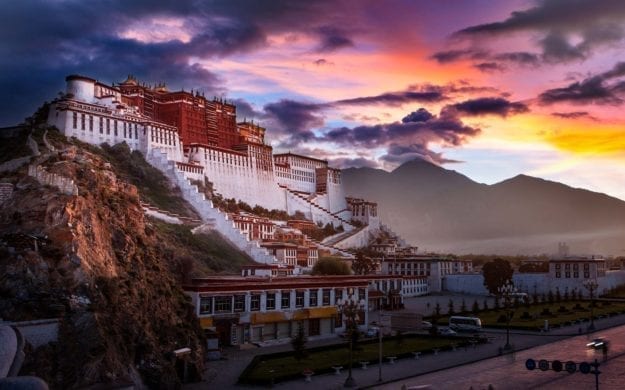
Festive Journey through Tibet
Satisfy your curiosity about Tibet on this festive 12-day journey that will fill your spiritual well and leave you wanting more. Schedule your dates around the festivities of summer's Damar festival, visit palaces and monasteries, and enjoy wonderful cultural interaction. Cross city, village, countryside, and mountain terrain on a scenic and engaging feast for the senses.
From $5115 Per Person
Active
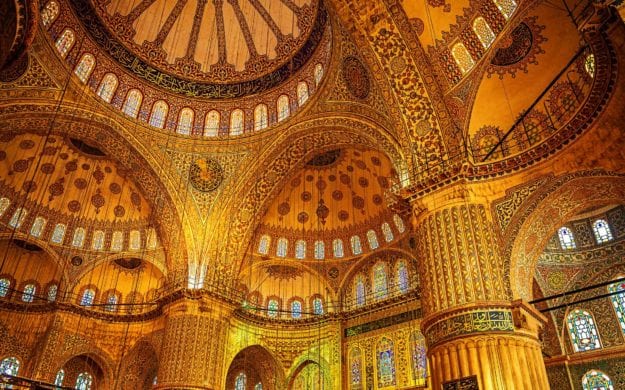
Istanbul City Break
Istanbul is one of the best cities in the world for an urban getaway that feels truly exotic. Feast your senses and visit some of the world's significant sites on two continents.
From $895 Per Person
Active
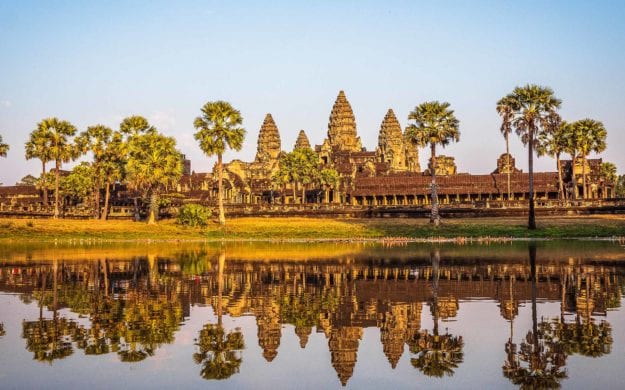
Angkor Wat Odyssey
Immerse yourself in the history and beauty of the temple ruins at Angkor Wat. Also float on Tonle Sap, and continue to the capital of Phnom Penh (if you wish).
From $2475 Per Person
Active
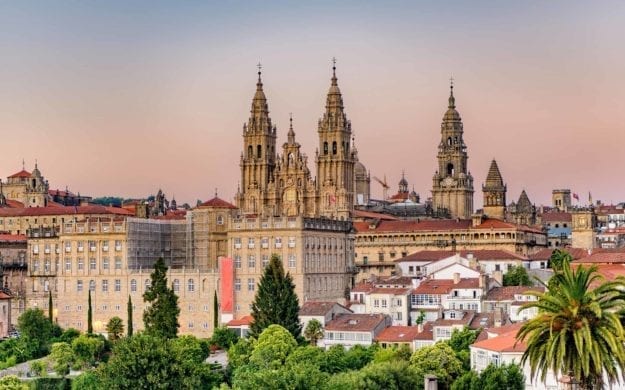
Best of the Camino de Santiago
Walk portions of the famed pilgrimage route, stay in delightful hotels, dine on culinary specialties, meet locals and pilgrims, and experience the best of northern Spain.
From $4750 Per Person
Vigorous
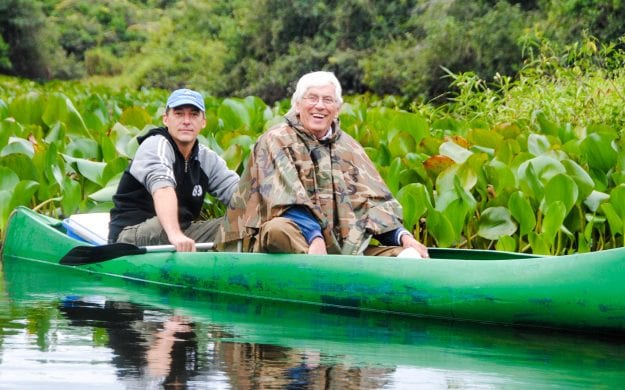
Wildlife Wonders of Brazil
The mysterious and diverse Pantanal comes together in this wildlife-focused trip. Explore everything the Pantanal has to offer. You’ll visit the Araras Eco Lodge and Hotel Baiazinha and see how many you can spot of the 80 mammals, 698 bird species, 260 fish species, and 50 kinds of reptiles that call this region home.
From $6495 Per Person
Active
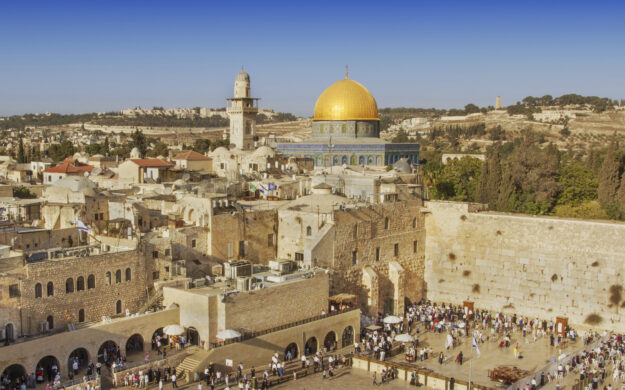
Virtual Israel Experience
Don't leave home to join this multi-modal, weeklong experience that engages all five senses while exploring varied facets of Israeli life and culture.
From $18 Per Person
Gentle
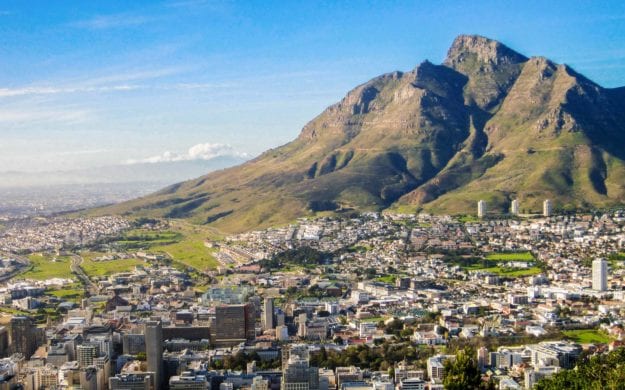
Cape Town Stopover & Wine Country
Explore Cape Town and its surrounds with penguins at Boulders Beach, photos at Cape Point, history on Robben Island, views from Table Mountain, wine in Franschoek, and more.
From $1535 Per Person
Active
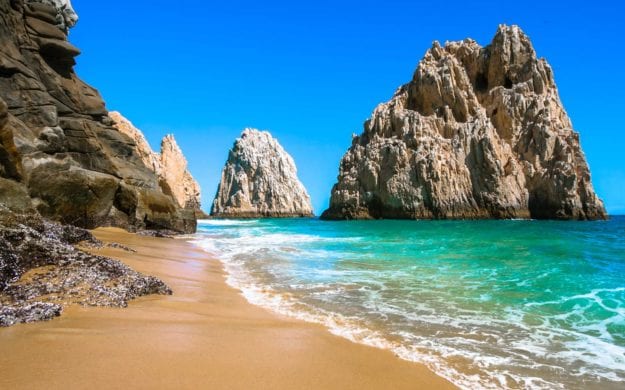
Baja Short Stay
This short excursion is a perfect addition to any Mexico adventure offering a variety of activities from just relaxing on the beach to surfing the waves or kayaking. Other activities may include horseback riding and hiking.
From $1275 Per Person
Active
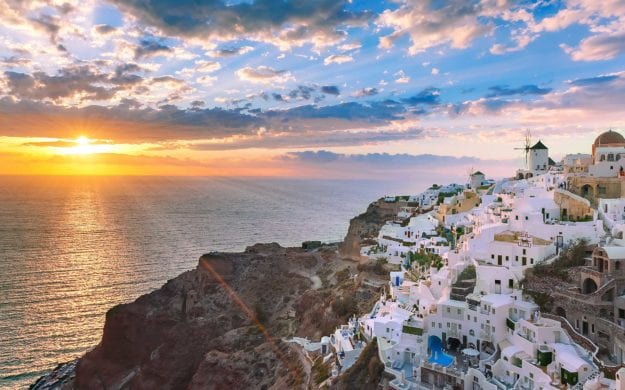
Ancient Athens and Idyllic Islands of Greece
A diverse and flexible journey with just the right mix of history, relaxation, and active adventure, this trip combines explorations of Greece's ancient cultures with days of fun in the sun on idyllic islands. Visit Athens, Mykonos, Santorini, and add other island explorations if you choose.
From $4795 Per Person
Gentle
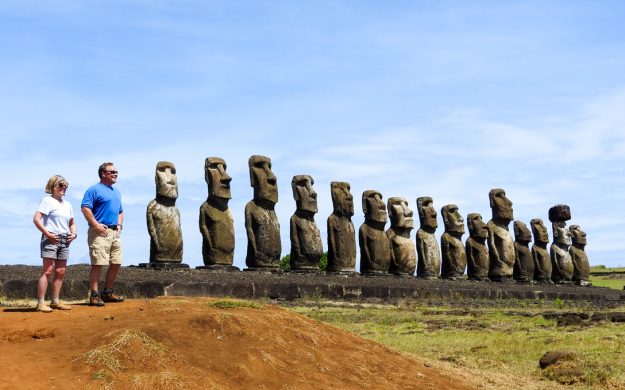
Easter Island Adventure
Journey 2,000 miles off the coast of Chile to see the famous Maoi statues carved by the Polynesian settlers of this Pacific island in the 12th-17th centuries. Also marvel at the beaches, volcanoes, and caves.
From $2250 Per Person
Active
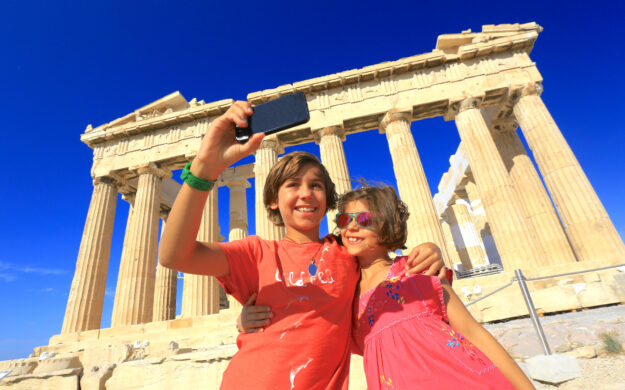
Greek Family Adventure
Learn and explore in Greece with your fun-loving guide. Enjoy hands-on fun and interactions in Athens, Nafplio, Delphi, and the islands of Tinos and Mykonos.
From $4250 Per Person
Active
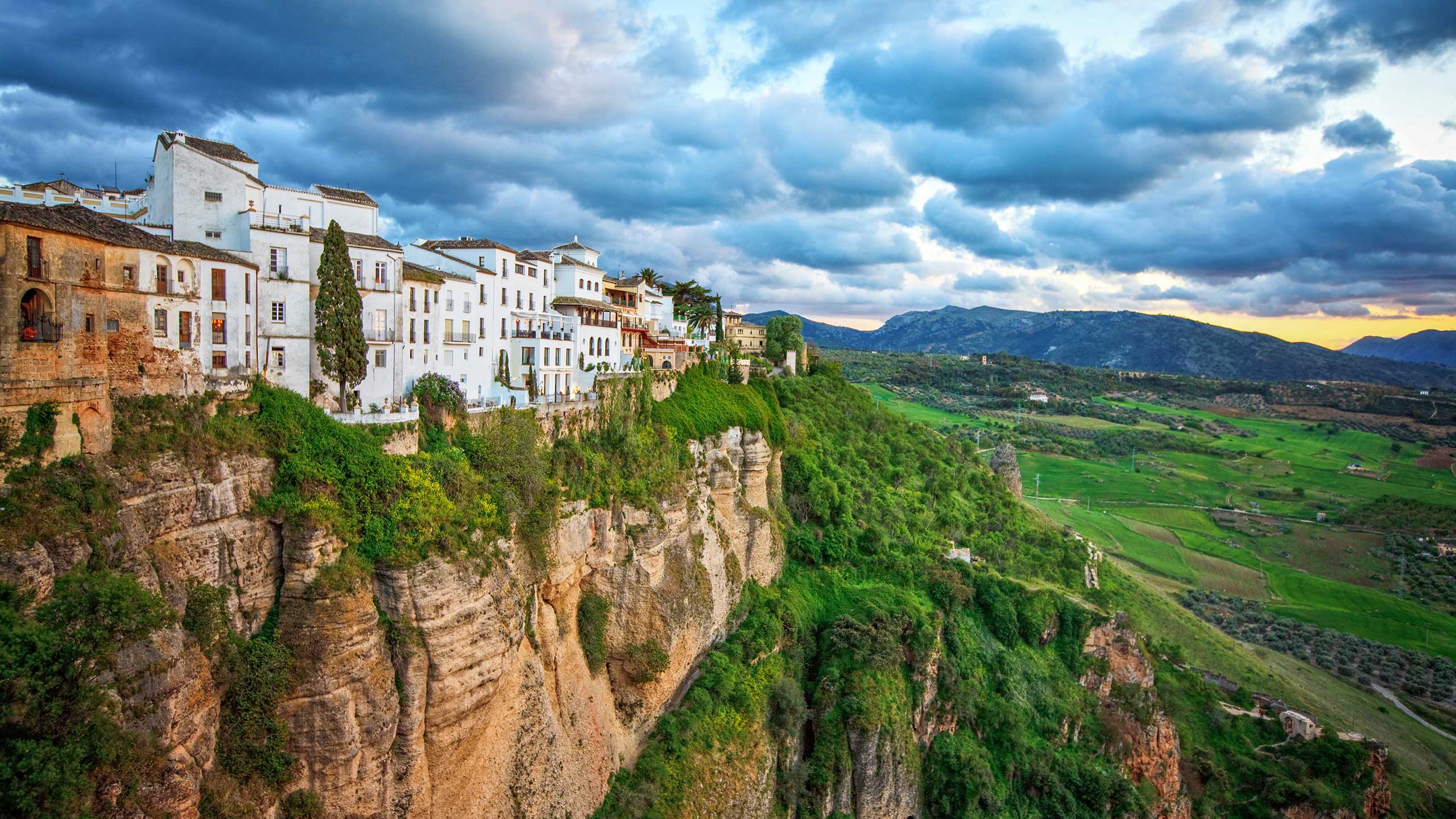
Highlights of Spain
This guided trip will take you through the must-see regions of Spain from top to bottom, starting with the vibrant Catalan capital, Barcelona, then south to Madrid. Travel by train into Andalucia where you visit Granada, Cadiz, and finish with a flourish in Seville. Add additional stops along the way if you wish!
From $5850 Per Person
Active
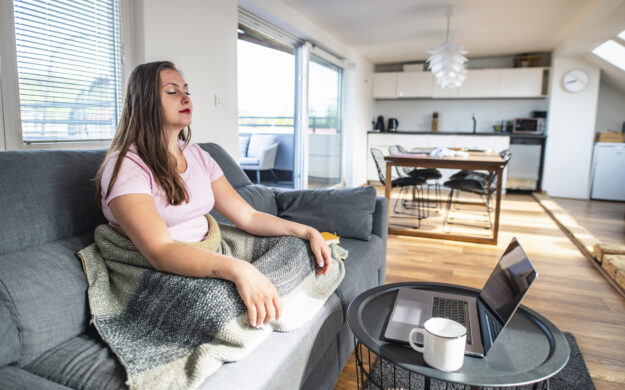
Square Foot Adventure
Journeys favorite mindfulness guru Lynn Sipher leads this two-hour adventure workshop. Experience a comfortable space in new ways by deeply engaging your senses. Find spaciousness to explore within familiar confines.
From $99 Per Person
Gentle
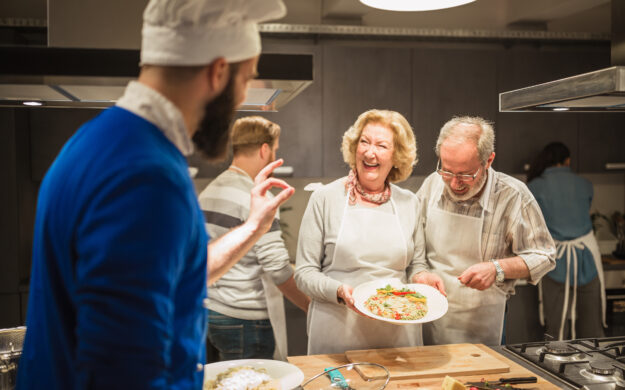
Competitours USA Escapade
Get ready for a surprise itinerary that will take you into the heart of local cultures around the USA. Friendly competition and hands-on challenges will take you and your teammate just outside your comfort zone and into the zone of delightful adventure. We plan the details and give you a packing list.
From $4499 Per Person
Active

¡Yes, Yu-ca-tan!
Join this active and engaging experience that takes you away from the crowds. Enjoy cooking lessons, biking, hiking, kayaking, and swimming in cenotes; learn how the Mayas lived years ago; explore colonial architecture; and see wildlife at a large coastal wetland and wildlife refuge.
From $2750 Per Person
Active
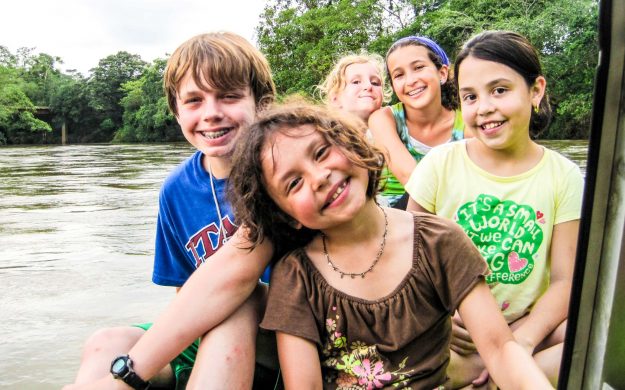
Costa Rica Rainforest Adventure for Families
Explore volcanoes, rainforest canopies, and tropical beaches with an expert, kid-friendly guide. Discover why families love Costa Rica.
From $2940 Per Person
Active
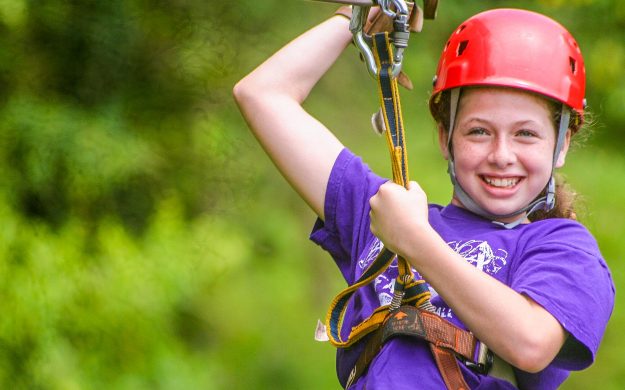
Rainforest Week for Families
Unique, economical, easy, adventurous, educational, and fun for ages 4-84. Come with your children and/or grandchildren, and enjoy all activities from two cozy, comfortable lodges set amidst tropical gardens.
From $2275 Per Person
Gentle
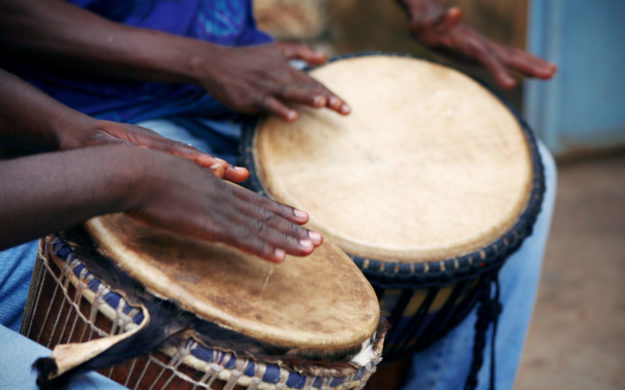
Cultural Discovery of West Africa
This comprehensive overland tour through Ghana, Togo, and Benin includes the most well-known sites in these three countries, plus an immersion in the region's rich culture, diversity, and off-the-beaten-path opportunities.
From $7500 Per Person
Active
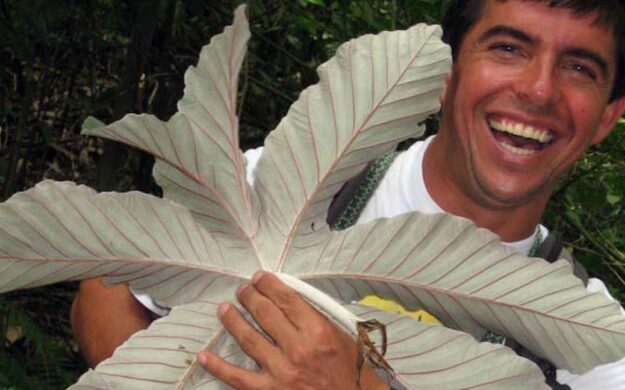
Competitours Latin America Adventure
Get ready for a surprise itinerary that will take you into the heart of local cultures around Latin America. Friendly competition and hands-on challenges will take you and your teammate just outside your comfort zone and into the zone of delightful adventure. We plan the details and give you a packing list.
From $4350 Per Person
Active
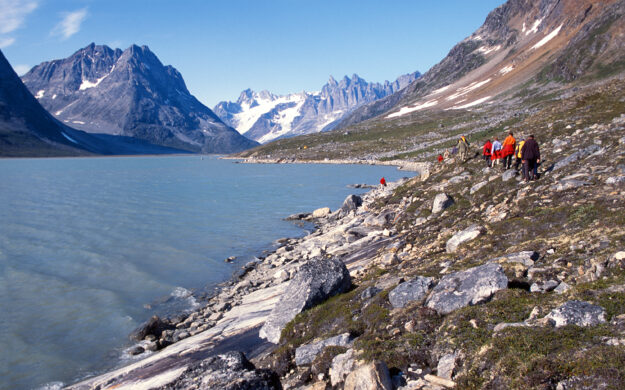
Greenland Adventure: Explore by Sea, Land and Air
This one-of-a-kind voyage by luxury expedition ship will immerse you in the stark, majestic landscape of the world’s second-largest ice mass. Hike, bike, kayak, and stargaze your way through a world of water, ice, rock, and sky.
From $9565 Per Person
Active
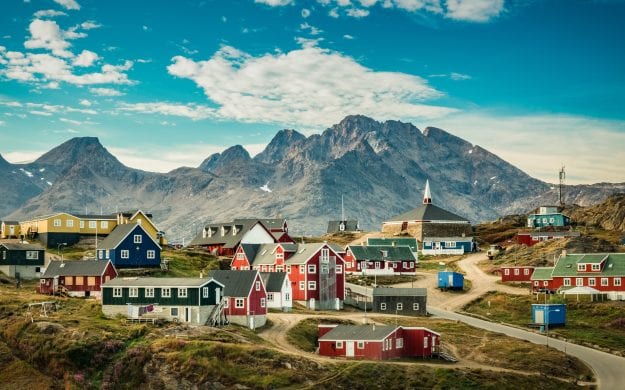
Greenland Explorer
Come see what "the place with icebergs" has to offer, with an array of activities such as kayaking, hiking, flightseeing, and a boat tour among icebergs, you're sure to have a fantastic 10-day adventure in Greenland with a short stop in Copenhagen!
From $10298 Per Person
Active
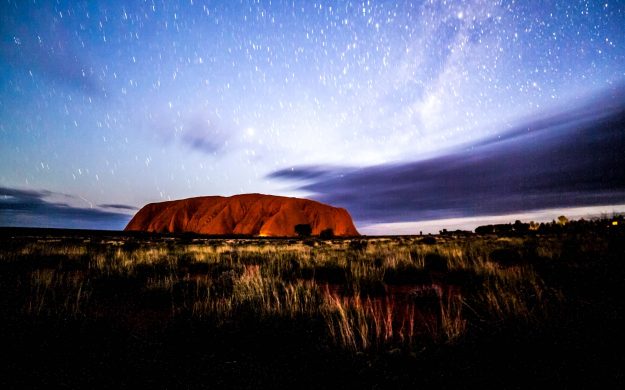
Discovery Down Under
Australia is too big to see in one trip, so we've taken what we consider the must-see highlights and compiled them into this comprehensive adventure. You'll have the best guides, fully engaging activities, and a big dose of cheerful "G'Day" hospitality.
From $6995 Per Person
Active
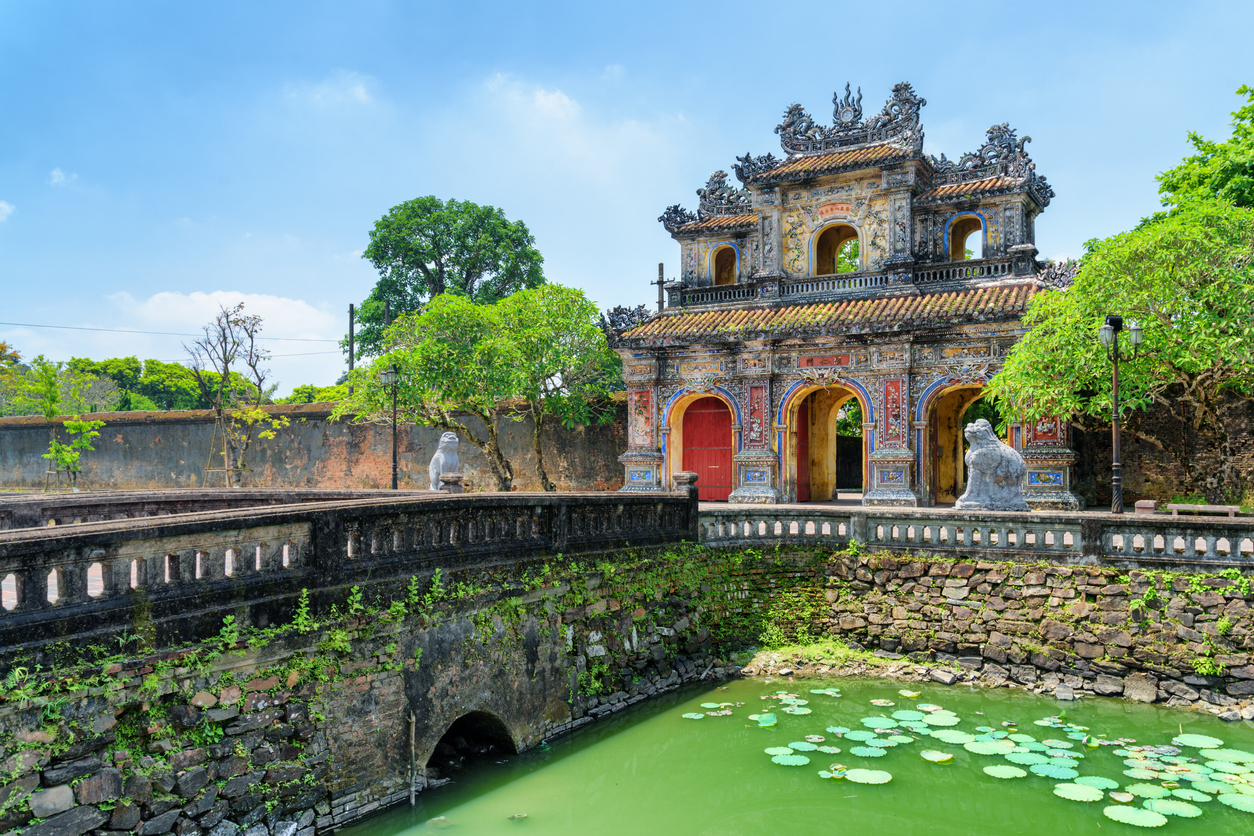
Vivid Vietnam
Travel to Vietnam's most beautiful sites with an expert local guide and learn a very personal story about history, cultures, and hope.
From $3905 Per Person
Gentle
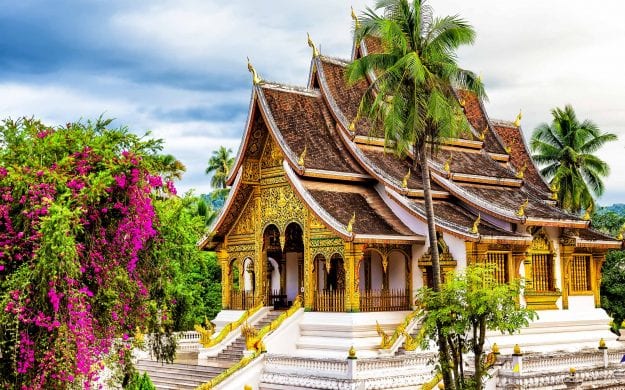
Savoring Southeast Asia
This is a comprehensive overview of four countries: Thailand, Vietnam, Cambodia and Laos. Packed full of a wide variety of cultural, historical, and recreational activities, Savoring Southeast Asia is perfect for the traveler who is interested in "sampling" every aspect of each country.
From $5040 Per Person
Gentle
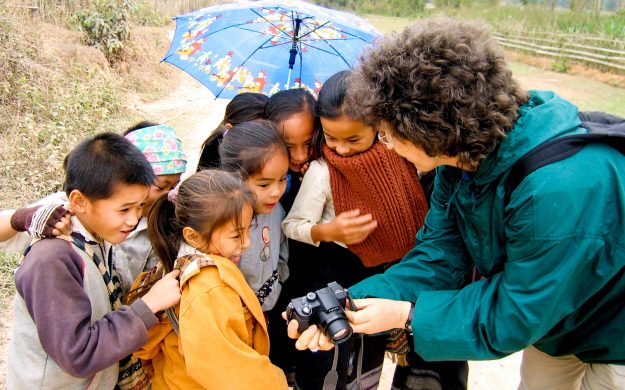
Highlights of Southeast Asia
This trip is a comprehensive overview of three countries: Cambodia, Laos, and Vietnam. It's a wonderful option for those interested in a cultural, historical, and recreational sampling of Southeast Asia. From visiting UNESCO World Heritages sites such as Angkor Wat to sleeping on a "junk" in Halong Bay, the variety of this itinerary will surely keep you on your toes.
From $3825 Per Person
Active
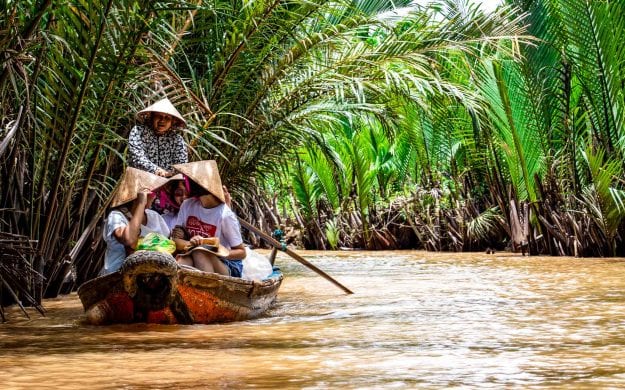
Meandering the Mekong
Demystify the Mekong by floating along a very scenic stretch and then explore the charming city of Luang Prabang in Laos.
From $3035 Per Person
Gentle
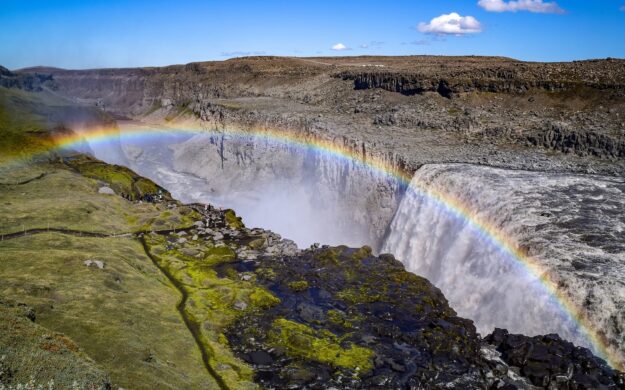
Glimmer of Iceland
Pack the best of Iceland into just five days on a guided adventure. Experience the highlights of Reykjavik. See glaciers, waterfalls, hot springs, lagoons, and volcanoes, plus venture inland by super-jeep. Great stopover en route to Europe.
From $4900 Per Person
Active
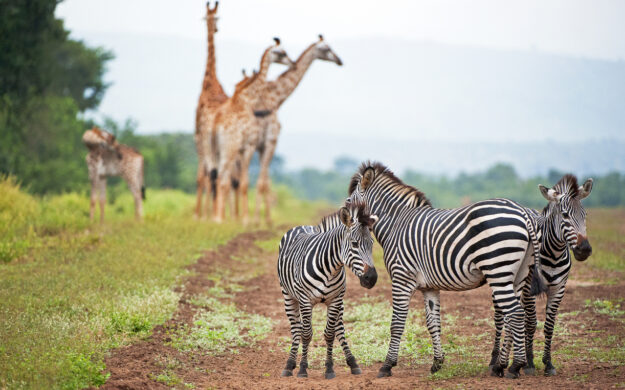
Journey to Malawi and Zambia
This expedition is crafted for immersion in the authentic essence of African culture, wildlife, and sustainable tourism. In destinations that remain undiscovered by mainstream travelers, this journey will reveal the treasures that lie off the beaten path.
From $7895 Per Person
Active
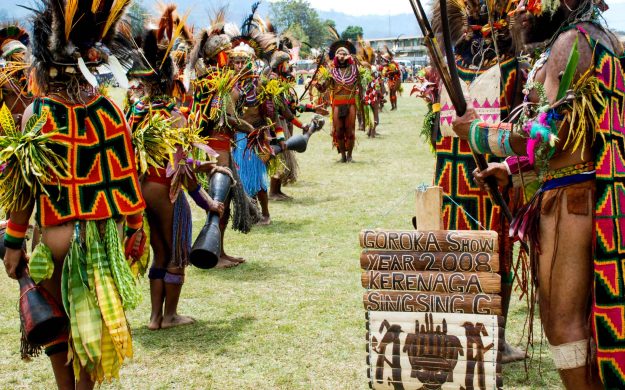
Classic Goroka Show Tour
Combine a classic sing-sing show with explorations of the fabled Sepik River, Tari Highlands, and Waghi Valley, all with top-level accommodations.
From $10355 Per Person
Active
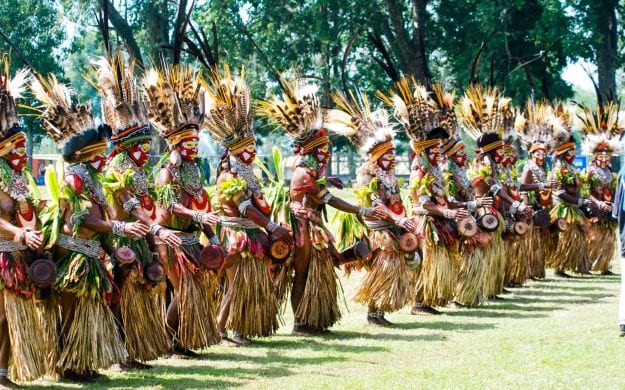
Mt. Hagen Show Tour Panorama
Witness the famous Mt. Hagen sing-sing show, then visit the fabled Sepik River, Tari Highlands, and accompanied by great local guides.
From $7615 Per Person
Active
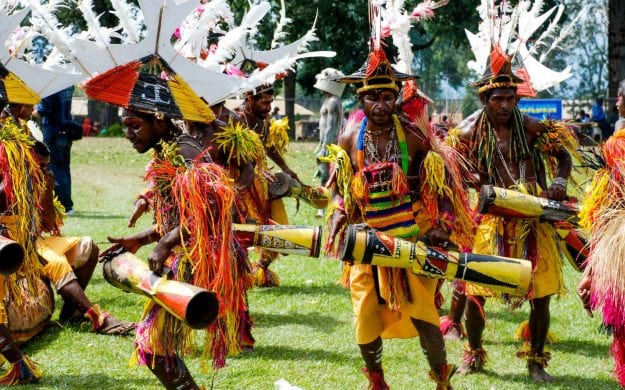
Mt. Hagen Show Tour Vista
See the spectacular Hagen sing-sing and the fabled Sepik River, Tari Highlands, and Waghi Valley, all with top-level accommodations and an expert escort.
From $10500 Per Person
Active
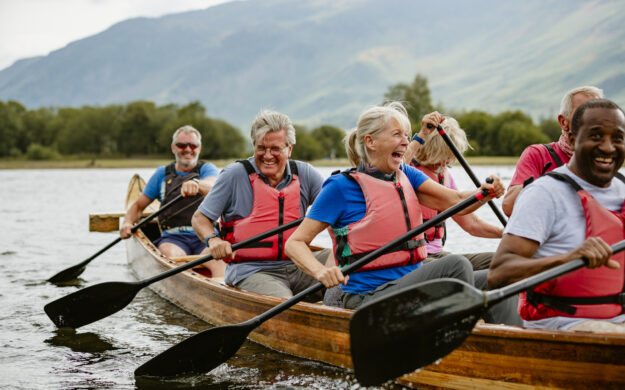
Surprising Journey into the Balkans
Group challenges will take you and your group just outside your comfort zones on a tantalizing itinerary through the Balkans. This delightful adventure will follow a surprise itinerary that reveals itself as the trip unfolds between Tirana, Albania, and Split, Croatia. We plan the details and give you a packing list.
From $5575 Per Person
Active
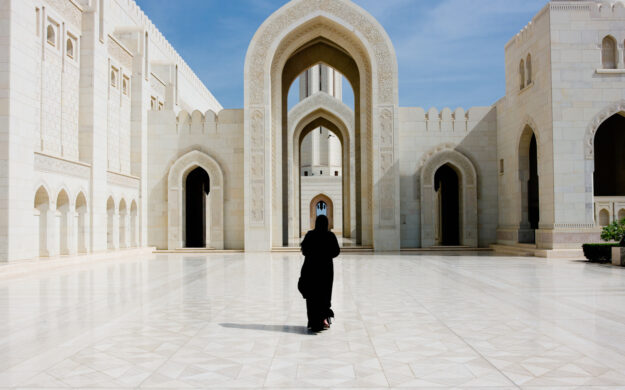
Incredible Oman
From $3395 Per Person
Active
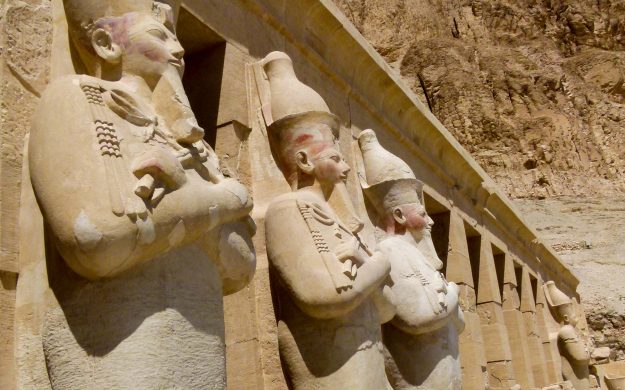
Ancient Egypt Odyssey
Uncover Egypt with our most experienced guides. Explore Cairo, then cruise on the Nile ending back in Cairo for more adventures.
From $4875 Per Person
Active
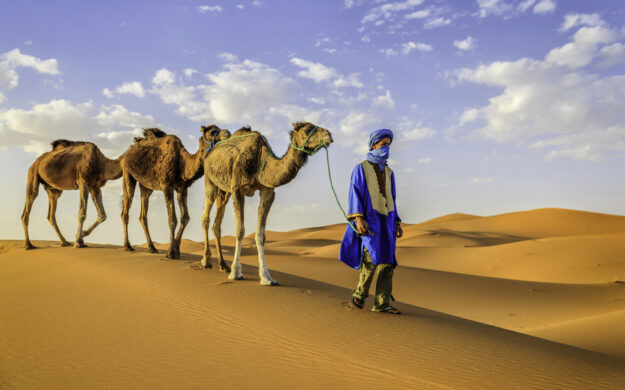
Morocco Through The Senses
Explore vibrant markets and stunning landscapes in Meknes, Marrakech, and Merzouga. Wander through coastal ruins, traverse the majestic Atlas Mountains, and experience the vast Sahara dunes, all while uncovering the diverse beauty of Morocco.
From $4750 Per Person
Active
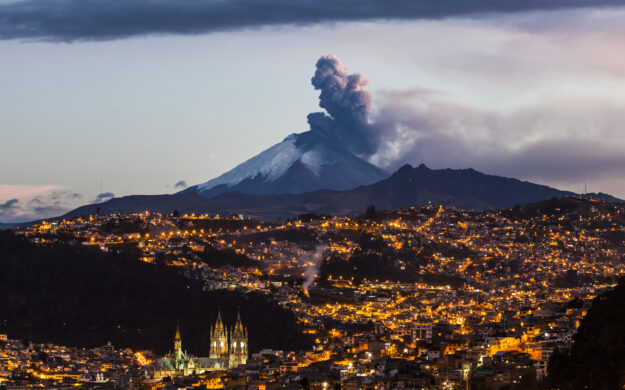
Essential Ecuador
This journey will transport you to the very center of the world, offering a unique opportunity to explore three distinct environments within the confines of one compact yet incredibly diverse country, Ecuador.
From $3295 Per Person
Active
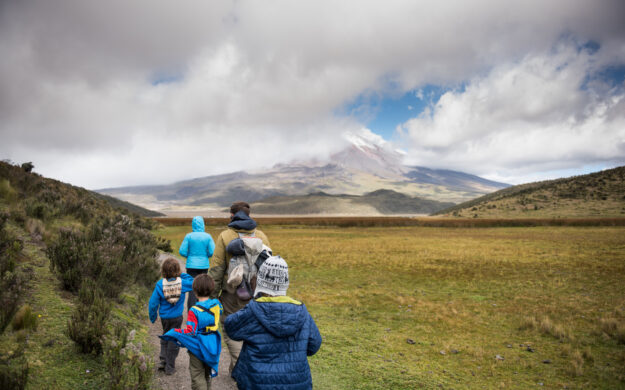
Ecuador Family Explorer
Join us on this incredible family journey to connect with your children, where the magnificent Ecuadorian Andes with their impressive volcanoes will be the backdrop for this unique adventure.
From $3865 Per Person
Active
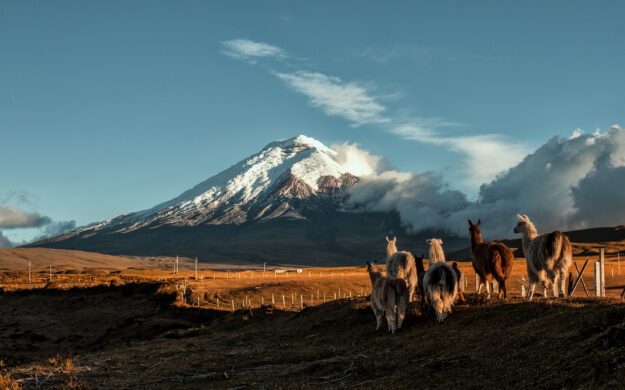
Active Ecuador: Trekking & Traditions
A superb combination of trekking and comfort in the Cotopaxi Volcano area, staying in comfortable haciendas and lodges of the region.
From $3695 Per Person
Vigorous
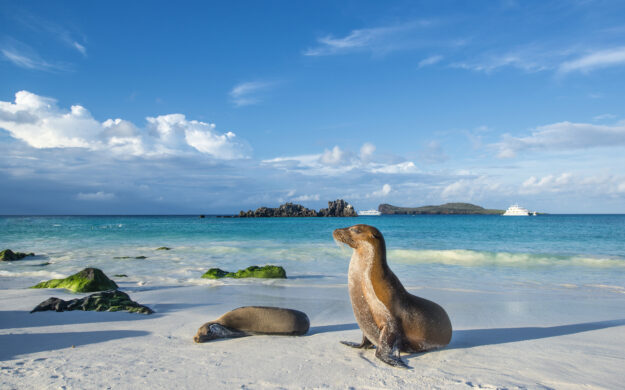
Ultimate Ecuador: Galapagos, Andes, and Amazon
Explore 3 different worlds in 1 small country. From navigating the wild rivers of the Amazon to horseback riding with Andean Cowboys, and snorkeling in the Galapagos Islands. turquoise waters of Galapagos; this itinerary offers you the option to connect with completely different cultures, environments, and worlds.
From $8998 Per Person
Active
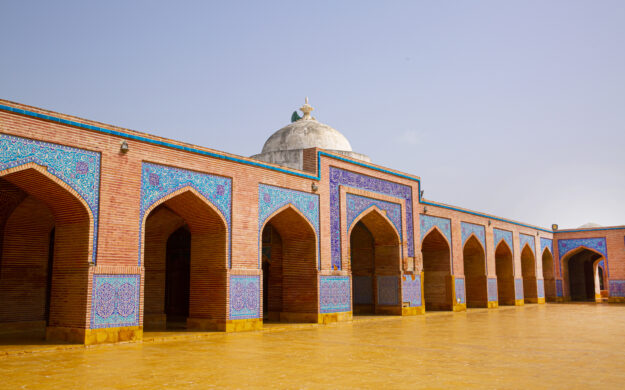
Pakistan Rare Journey: Mountains, History, and Heritage
Explore the heart of Pakistan, revealing the stories and traditions that make it a land of timeless allure and captivating beauty.
From $6575 Per Person
Active
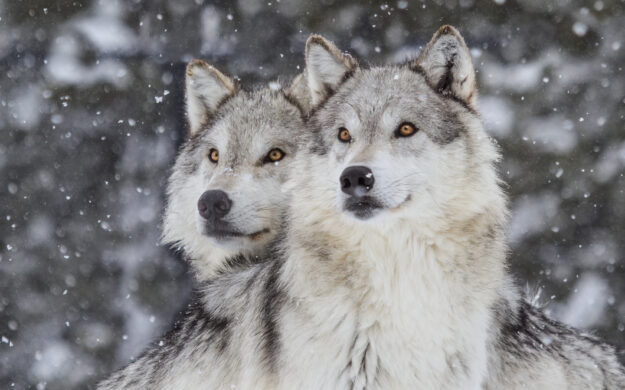
Rarefied Yellowstone National Park
Observe wolves, bison, and other winter wildlife with an expert naturalist while exploring geothermal features, snow-covered valleys, and the realities of the conservation of Yellowstone National Park.
From $9190 Per Person
Active
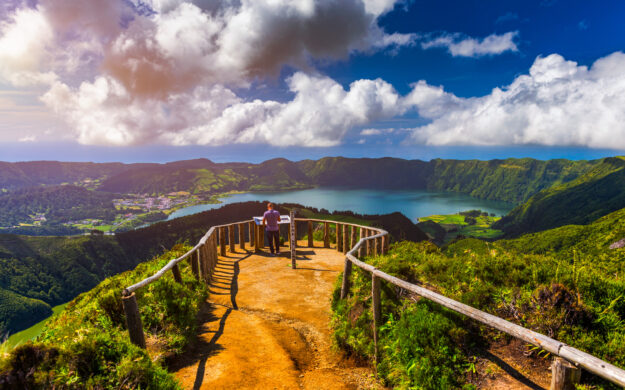
Biology, Conservation & Culture in the Azores
Discover São Miguel Island, Pico Island, and the surrounding marine ecosystems on a rare exploration of conservation, sustainability, and culture in the Azores archipelago.
From $8950 Per Person
Vigorous

Egypt: Eclipse, Archaeology & Beyond
Experience the longest total solar eclipse of the century. Explore Cairo, sail the Nile, and uncover ancient archaeological sites with expert trip leaders.
From $10550 Per Person
Active
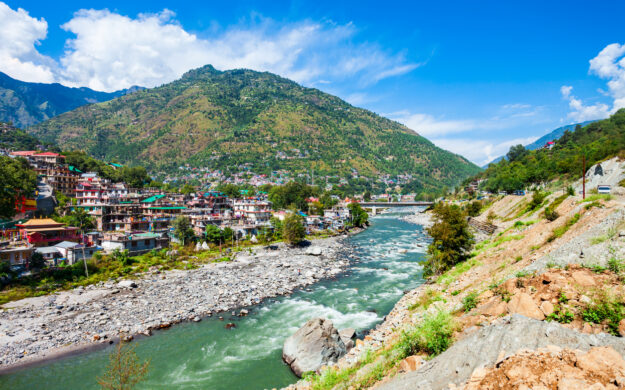
Cultural Journey to the Kullu Dussehra Festival
Travel to the spectacular Kullu Dussehra Festival in Himachal Pradesh. En route, discover the heart of India's spiritual traditions, savor local flavors, encounter wildlife on a jeep safari, and explore the rich culture of remote Himalayan villages.
From $7375 Per Person
Active
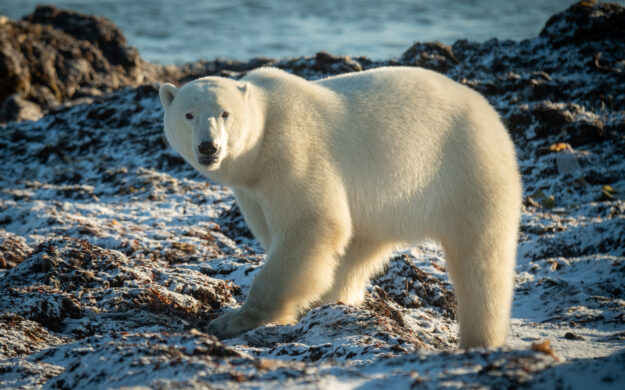
Northwest Passage: The Legendary Arctic Sea Route
Follow the path of famous explorers and encounter spectacular wildlife on an expedition from Greenland through the Canadian Arctic. Enjoy exploration of the Northwest Passage via cruise ship, Zodiacs, and flightseeing on one of Ultramarine’s two twin-engine helicopters.
From $18396 Per Person
Active
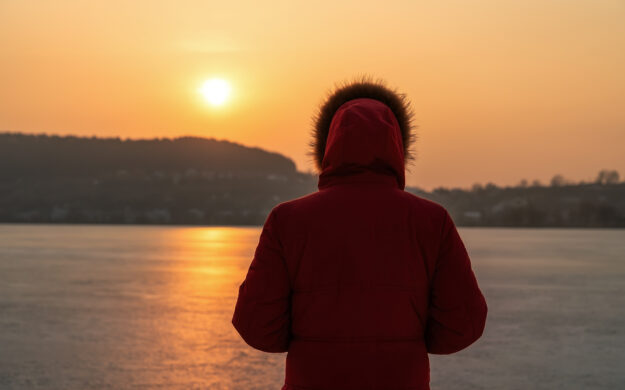
Iceland to Greenland Total Solar Eclipse
Gain insight into the cultural and scientific significance of solar eclipses with guest experts David Baron Michael Zeiler.
From $21495 Per Person
Active
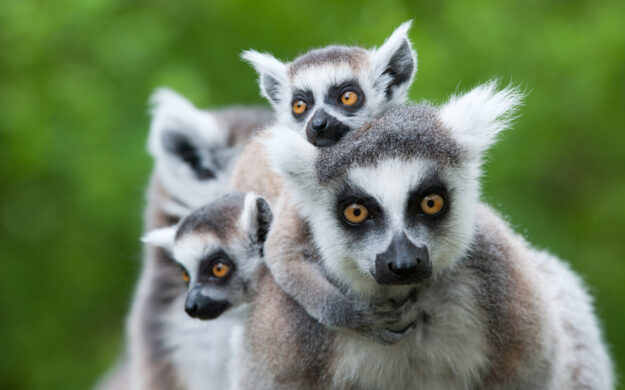
Madagascar Lemur Adventure
This is a focused ten-day exploration of Madagascar's most iconic lemur reserves. Enjoy the fantastic wildlife, and conclude with the beaches near Ifaty where you can extend for some relaxation.
From $4150 Per Person
Active
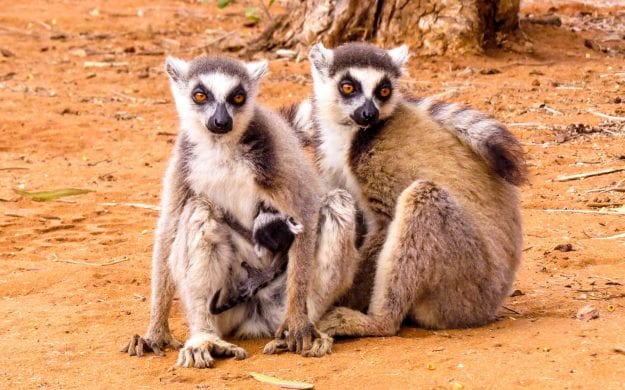
Madagascar: Lemurs! Lemurs!
Madagascar, an island that evolved in isolation from mainland Africa, presents entirely unique flora and fauna. This fantastic trip introduces travelers to varied environments and myriad species—including many different lemurs—found nowhere else.
From $6280 Per Person
Vigorous
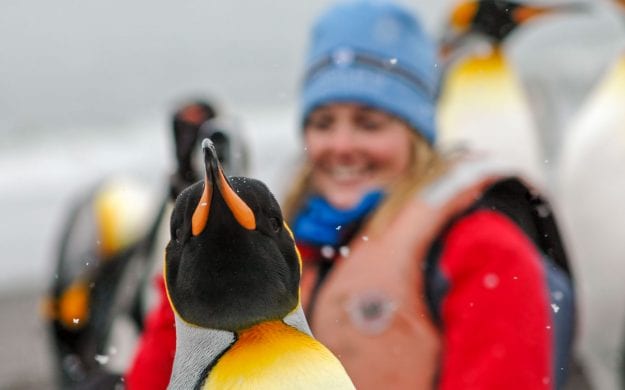
Rare Antarctic Explorer: Discovering the 7th Continent
Explore with environmental scientist Mike Shriberg and fellow Journeys travelers aboard the Ocean Explorer. See the Antarctic's majestic natural environments by zodiac and on foot, and meet penguins, whales, and other wildlife face-to-face. Learn from on-board talks on history, biology, and glaciology by polar experts.
From $15956 Per Person
Active
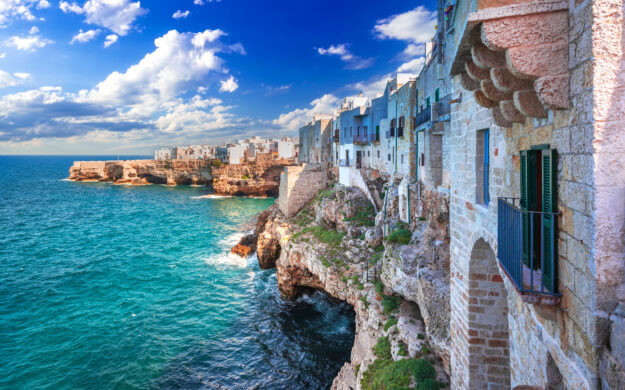
Southern Italy Beyond Amalfi: Puglia plus Matera
Still under the radar for international travelers, the cities of Bari and Lecce in Puglia—Italy's charming heel—offer a fantastic alternative to the bustling hotspots of the Amalfi Coast. Embark on an unforgettable journey where ancient history, stunning architecture, and authentic Italian flavors come alive.
From $4995 Per Person
Gentle
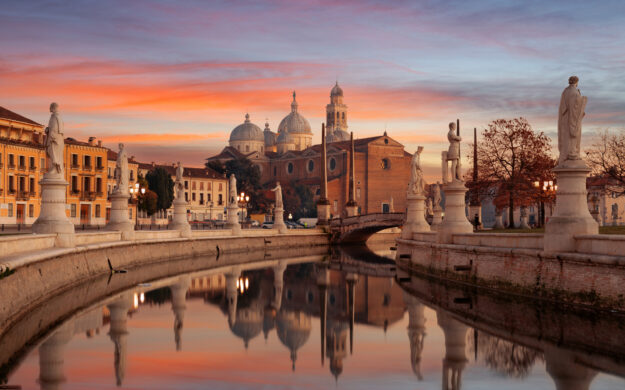
Northern Italy: Off-the-Beaten-Path in Veneto
Enjoy Italian art, history, wine, and culinary traditions while exploring the scenic, less-touristed cities and villages of the Veneto region of Italy.
From $3750 Per Person
Active
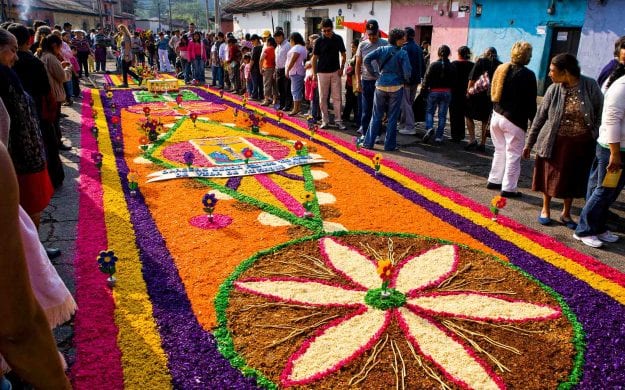
Rare Guatemala Semana Santa
Join Guatemala’s breathtaking Semana Santa celebrations, where vibrant alfombra flower carpets and solemn processions bring Antigua to life. Travel with a group led by Journeys adventure specialist Lené Jefferson.
From $4775 Per Person
Gentle
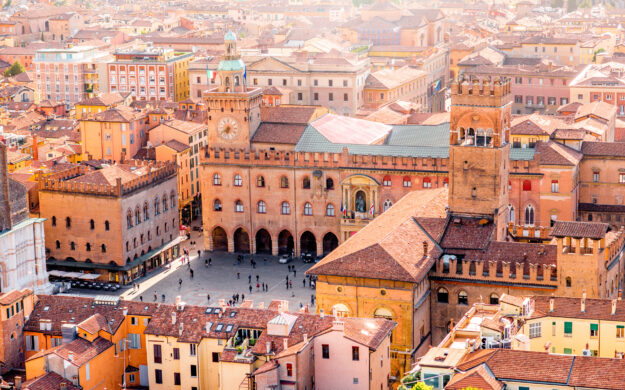
Flavors & Frescoes in Italy’s Emilia-Romagna
From Parma's culinary and architectural gems to Bologna's vibrant streets and the artisanal ceramics of Faenza, experience a seamless blend of culture, cuisine, and even nature. Explore historic castles, sip sparkling Pignoletto wine, and marvel at Ravenna’s stunning mosaics—all while immersing yourself in Italy's heartland.
From $4350 Per Person
Active
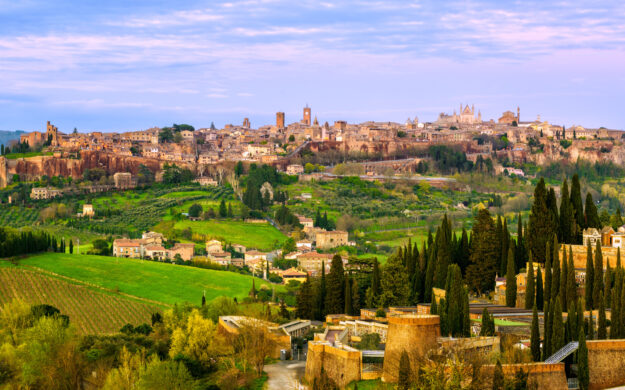
Treasures of Italy’s Tuscia
Discover the gems of the Tuscia region, stretching from Lazio and Umbria into southern Tuscany and delving into the heart of Italy’s art, culture, history, and natural beauty.
From $4500 Per Person
Gentle
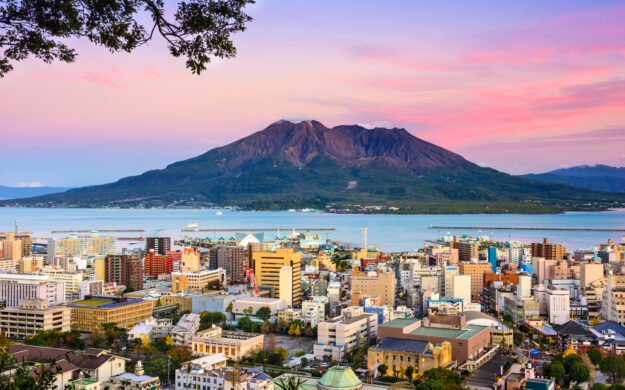
Off Japan’s Beaten Path in Kyushu
Venture further than most Japan travelers, to the spectacular island of Kyushu, to delve deep into nature, art, and history. Favorite Rare Journey leader David Everhart returns to take you from Kagoshima to Takachiho Gorge and Nagasaki to Karatsu. Also visit Tokyo and Kyoto.
From $11890 Per Person
Active
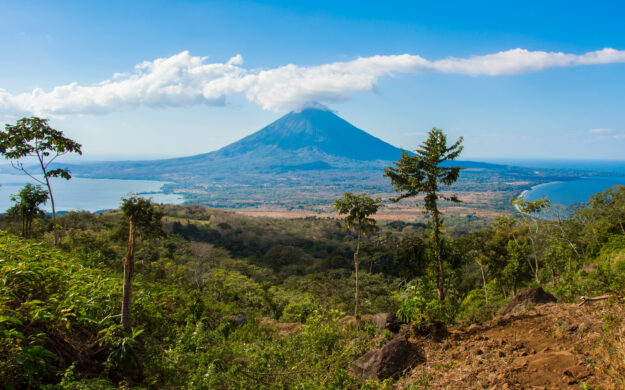
Discover the Heart of Nicaragua
Explore the bustling streets of León, the fiery glow of Telica Volcano, the tranquil beauty of Matagalpa's highlands, and the crystal-clear waters of Apoyo Lagoon on this Nicaraguan adventure.
From $4450 Per Person
Active
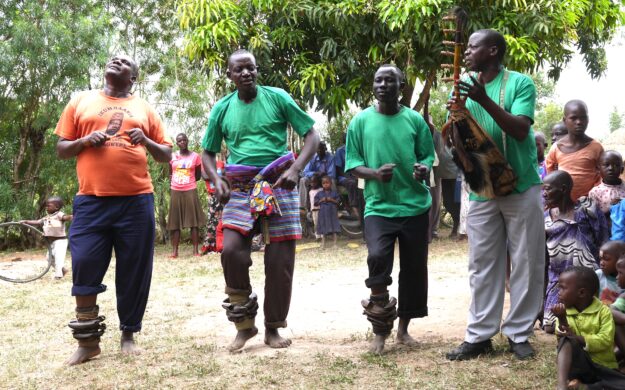
Beth Am Adventure in Uganda
From $4094 Per Person
Vigorous
